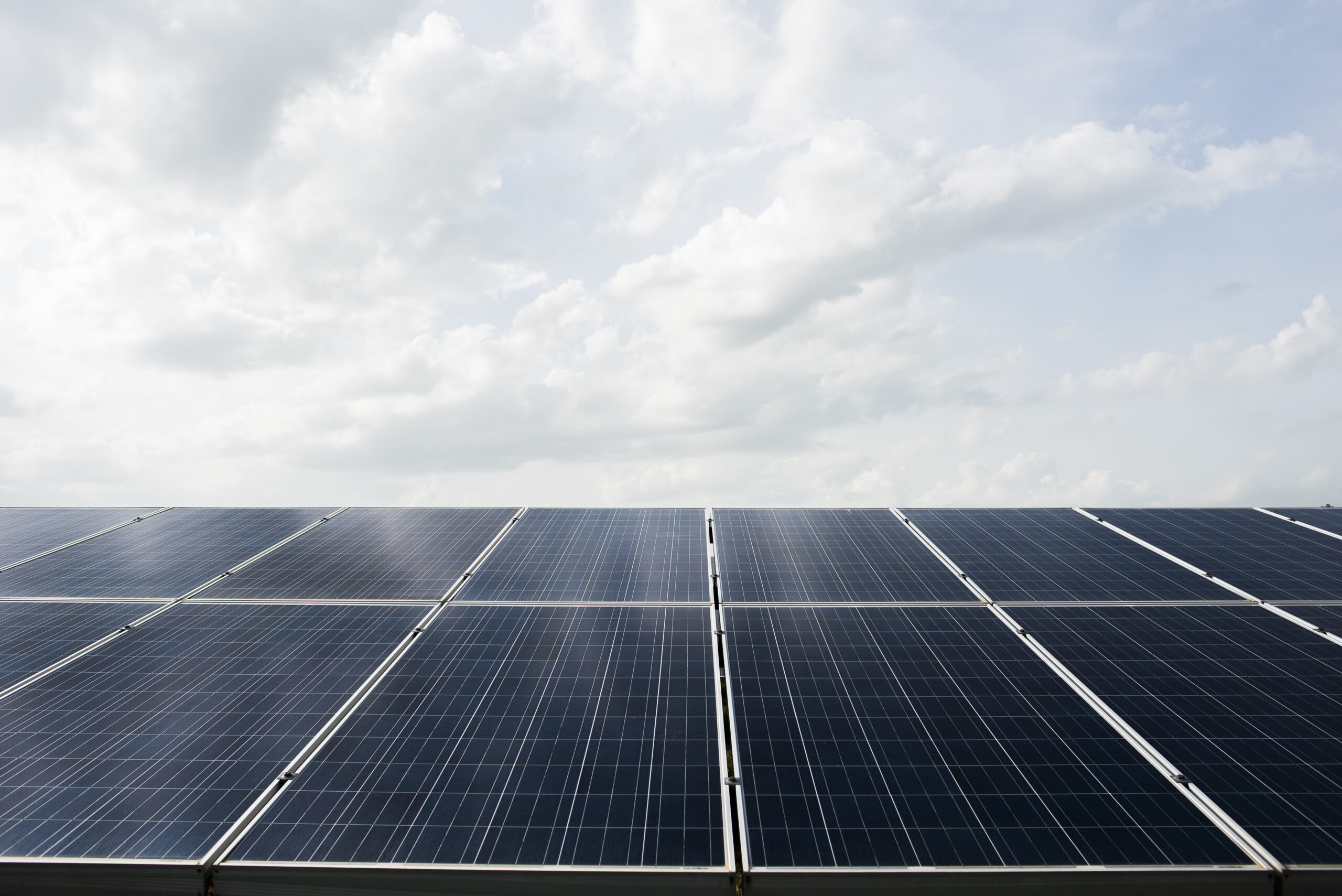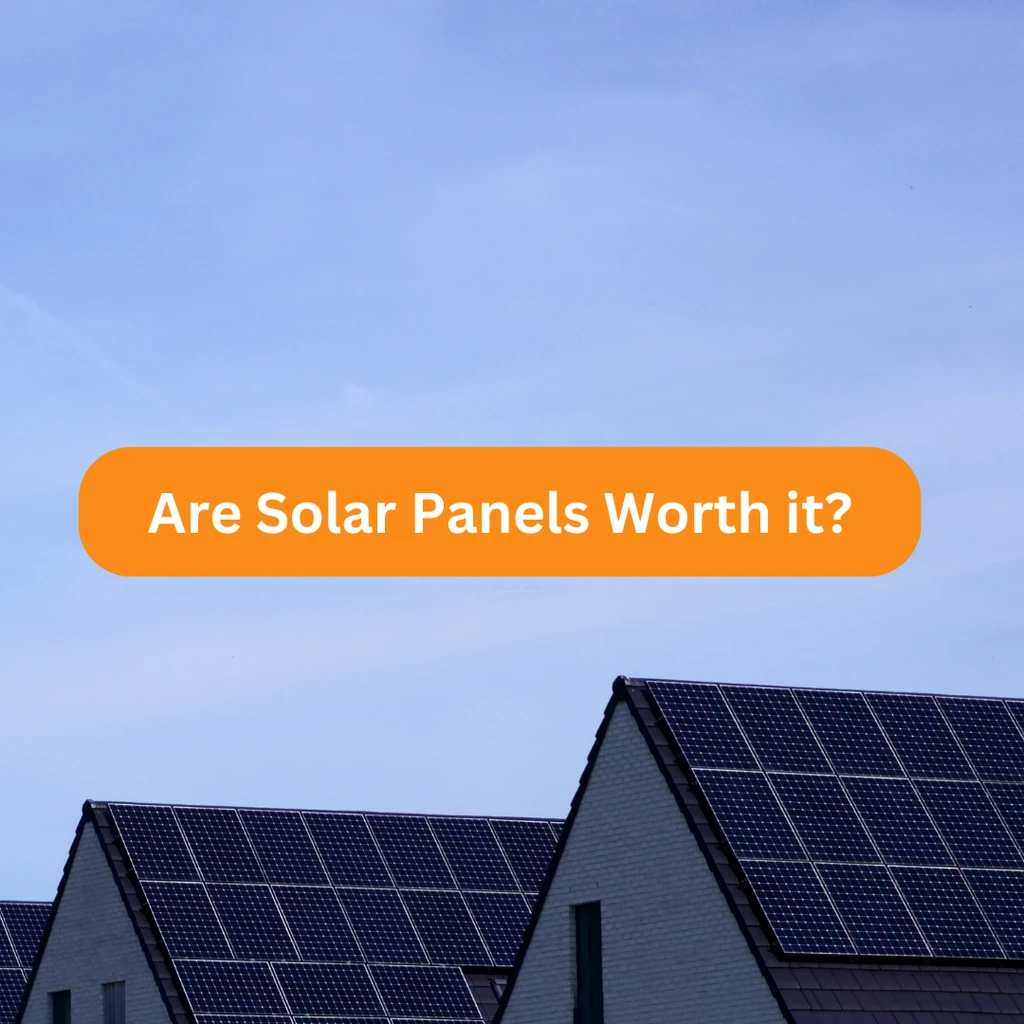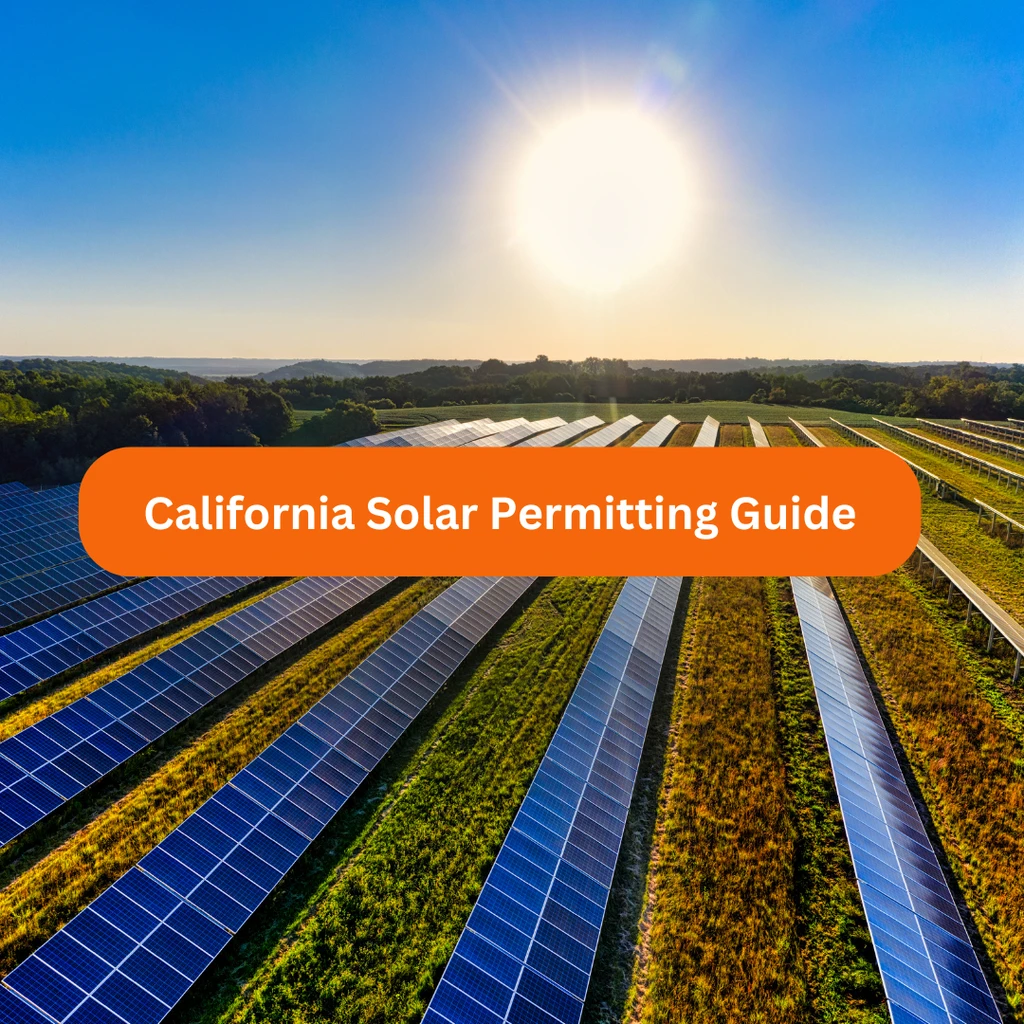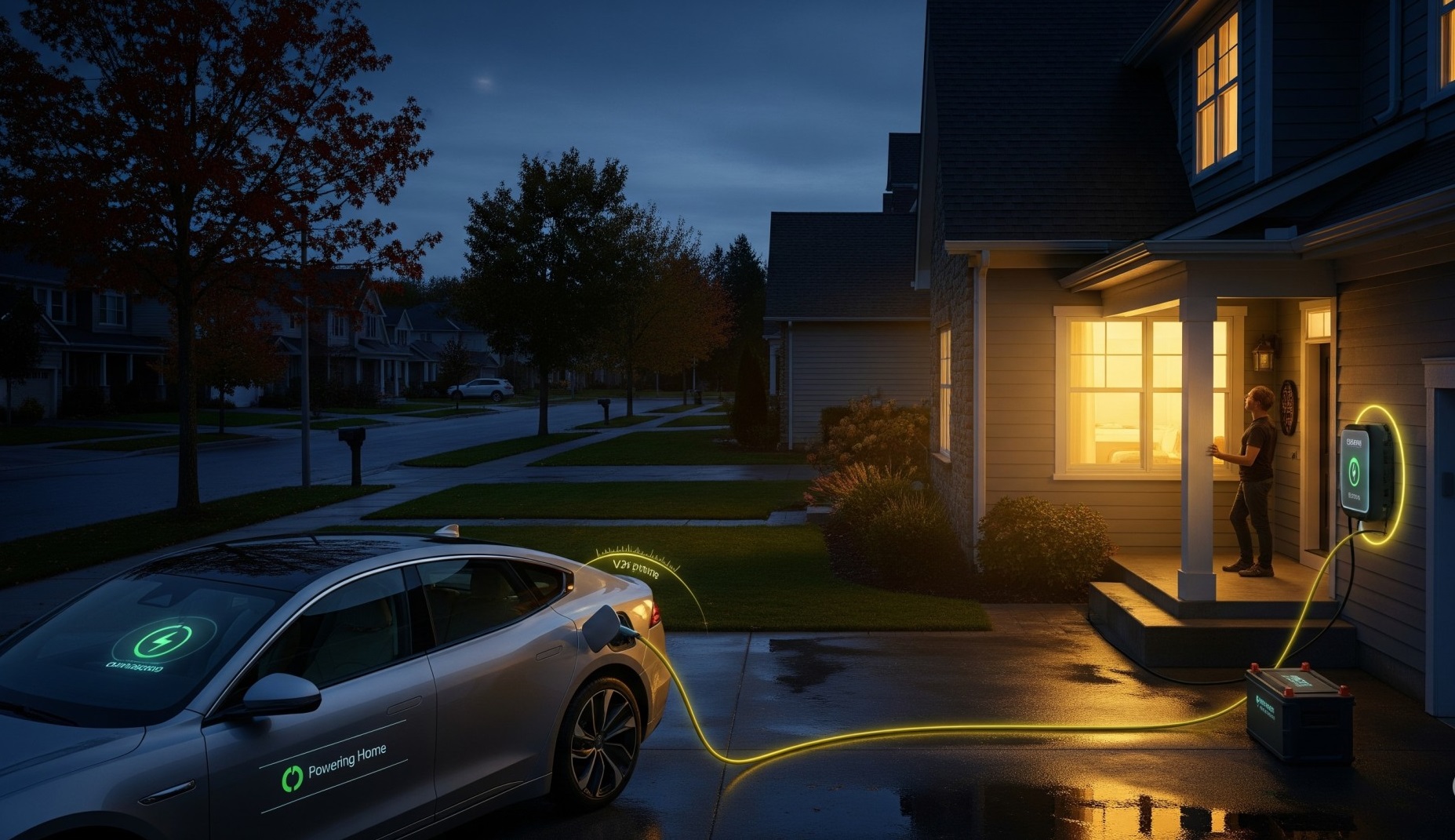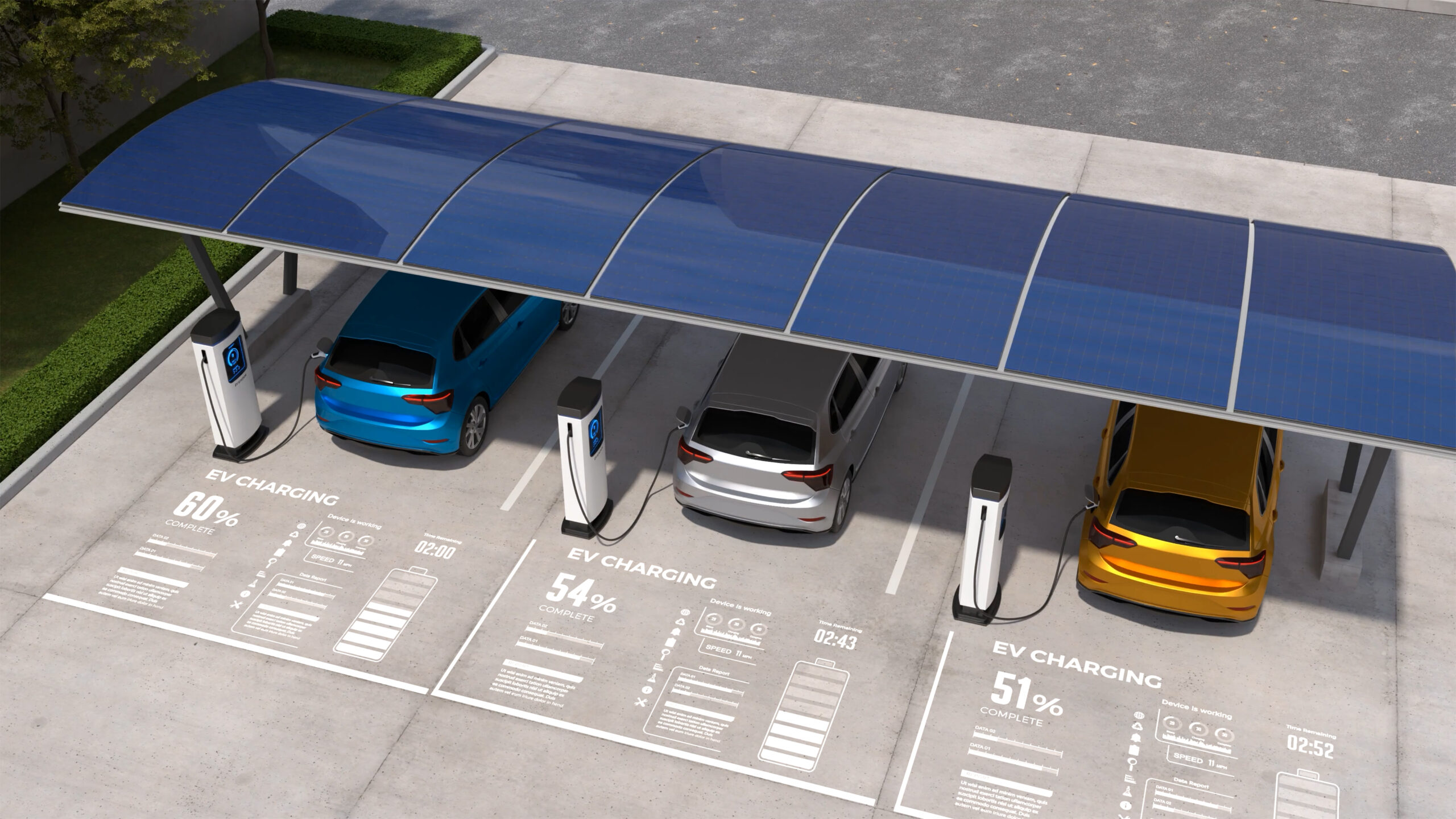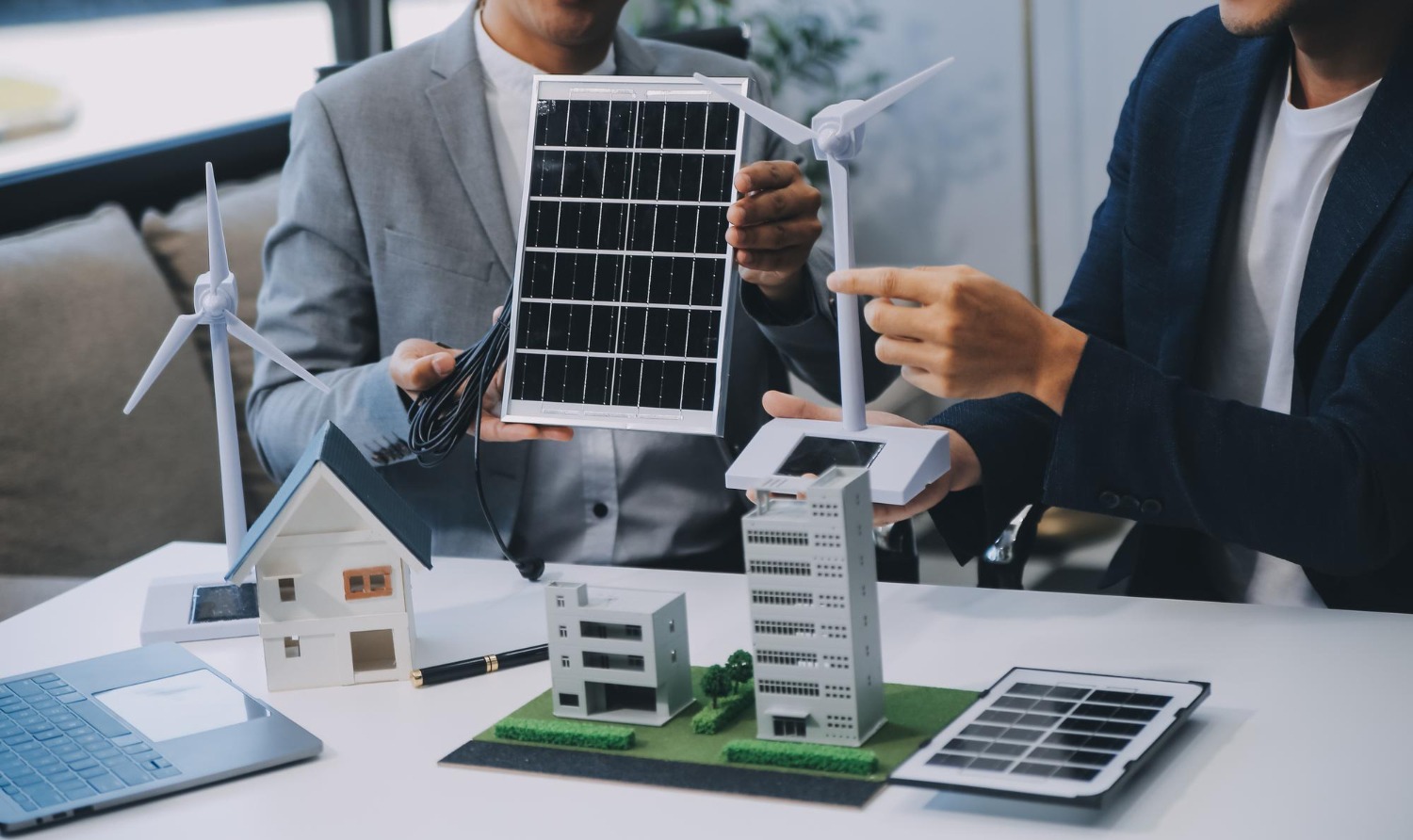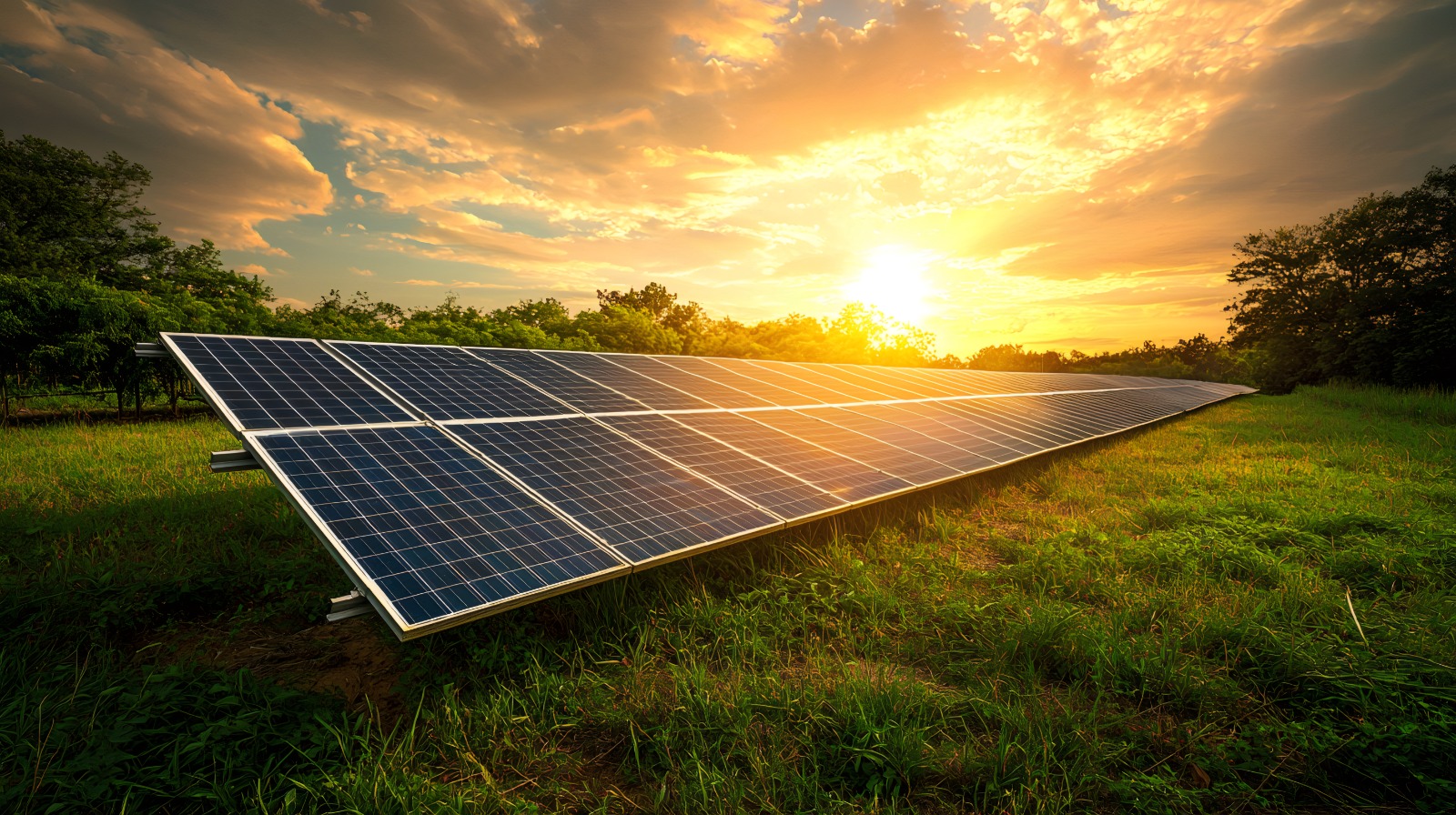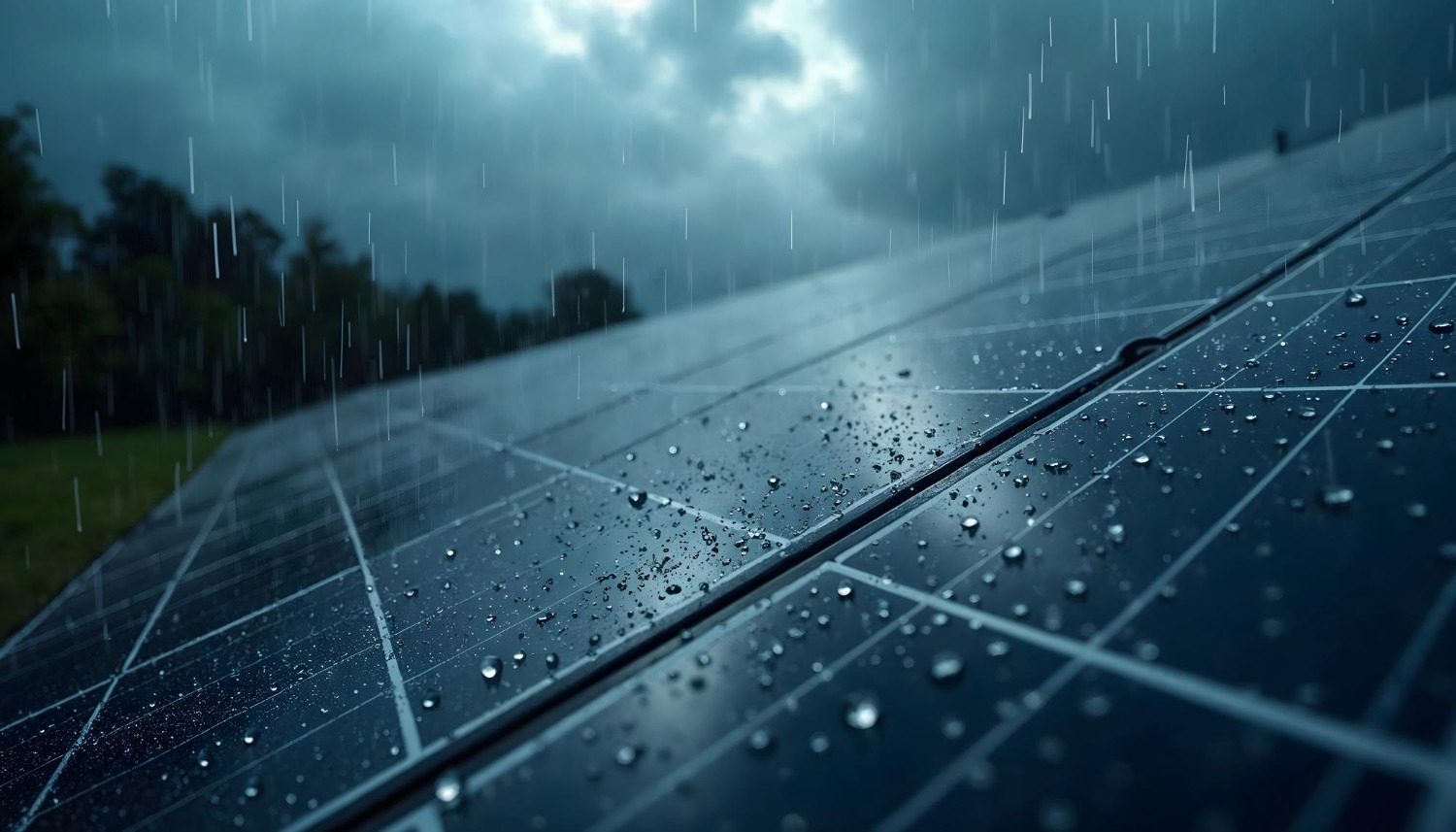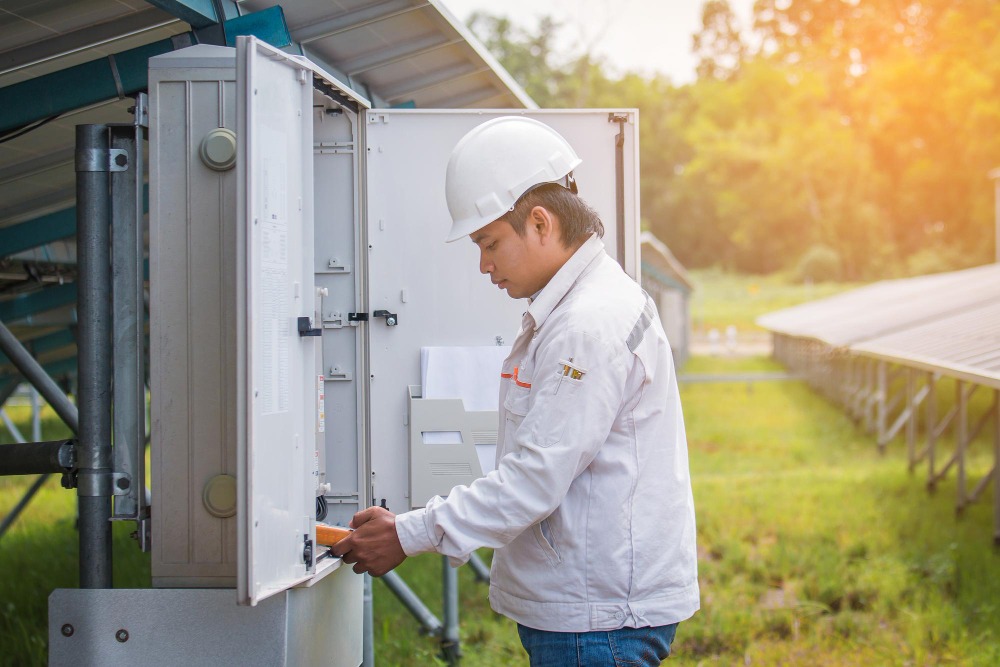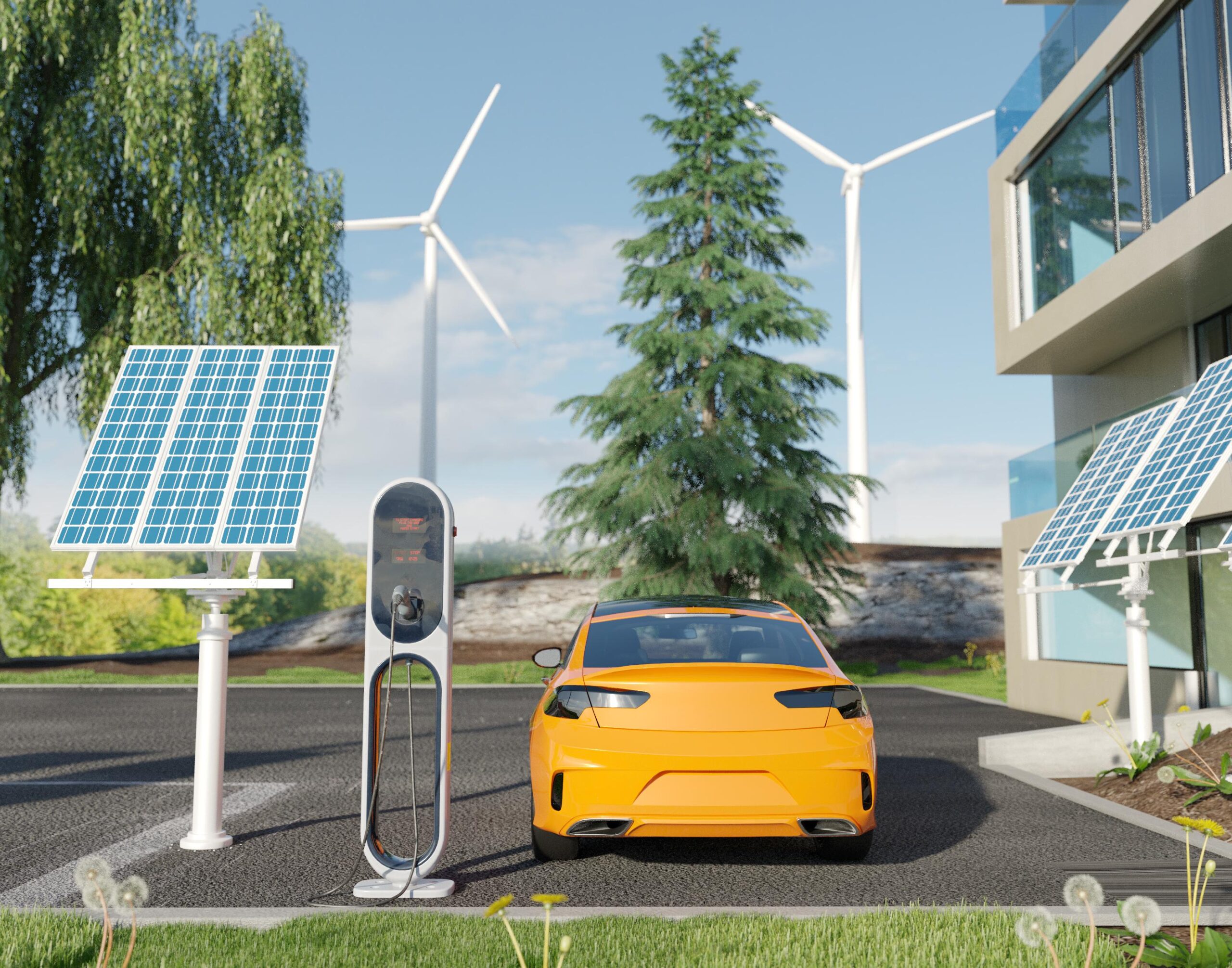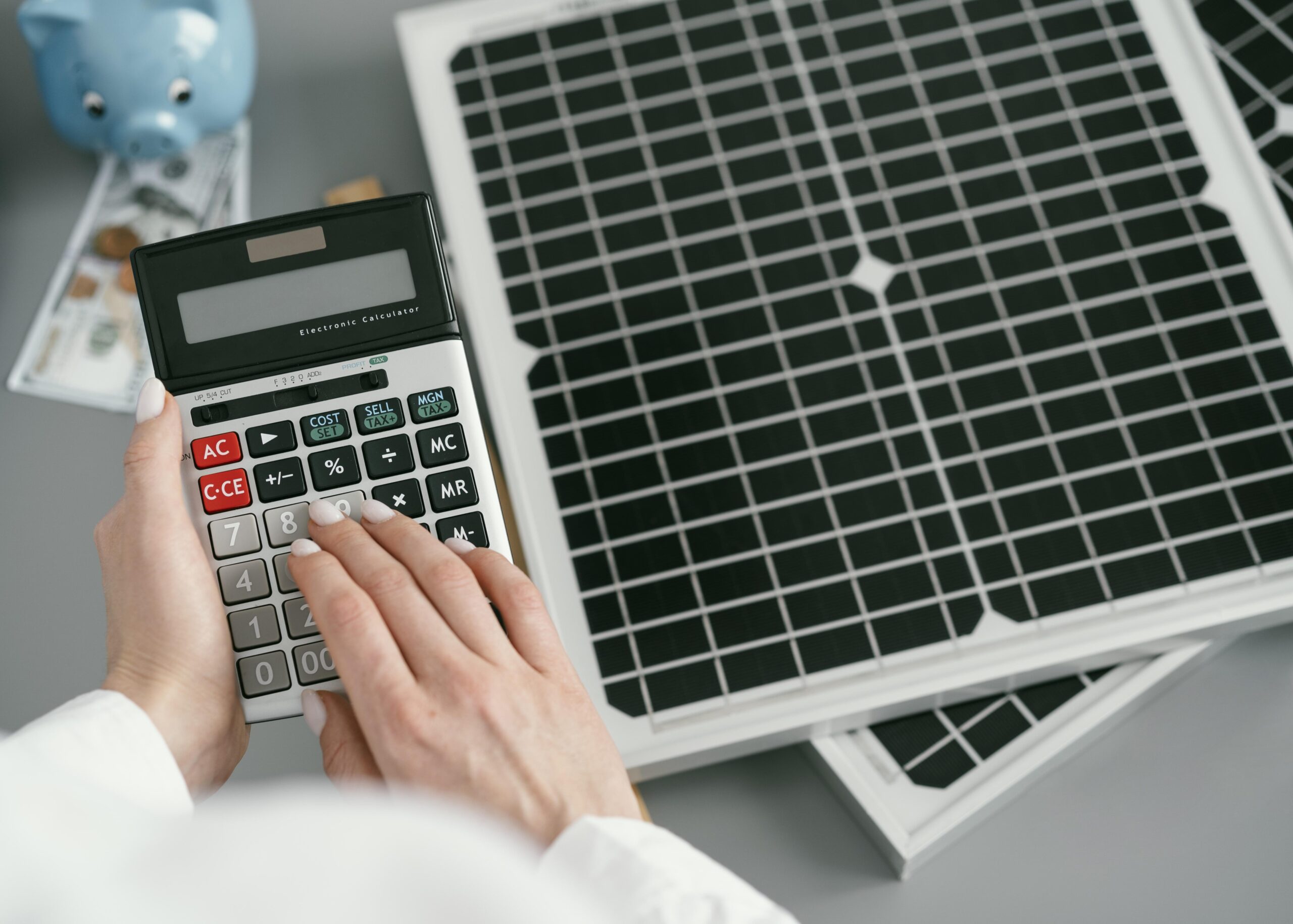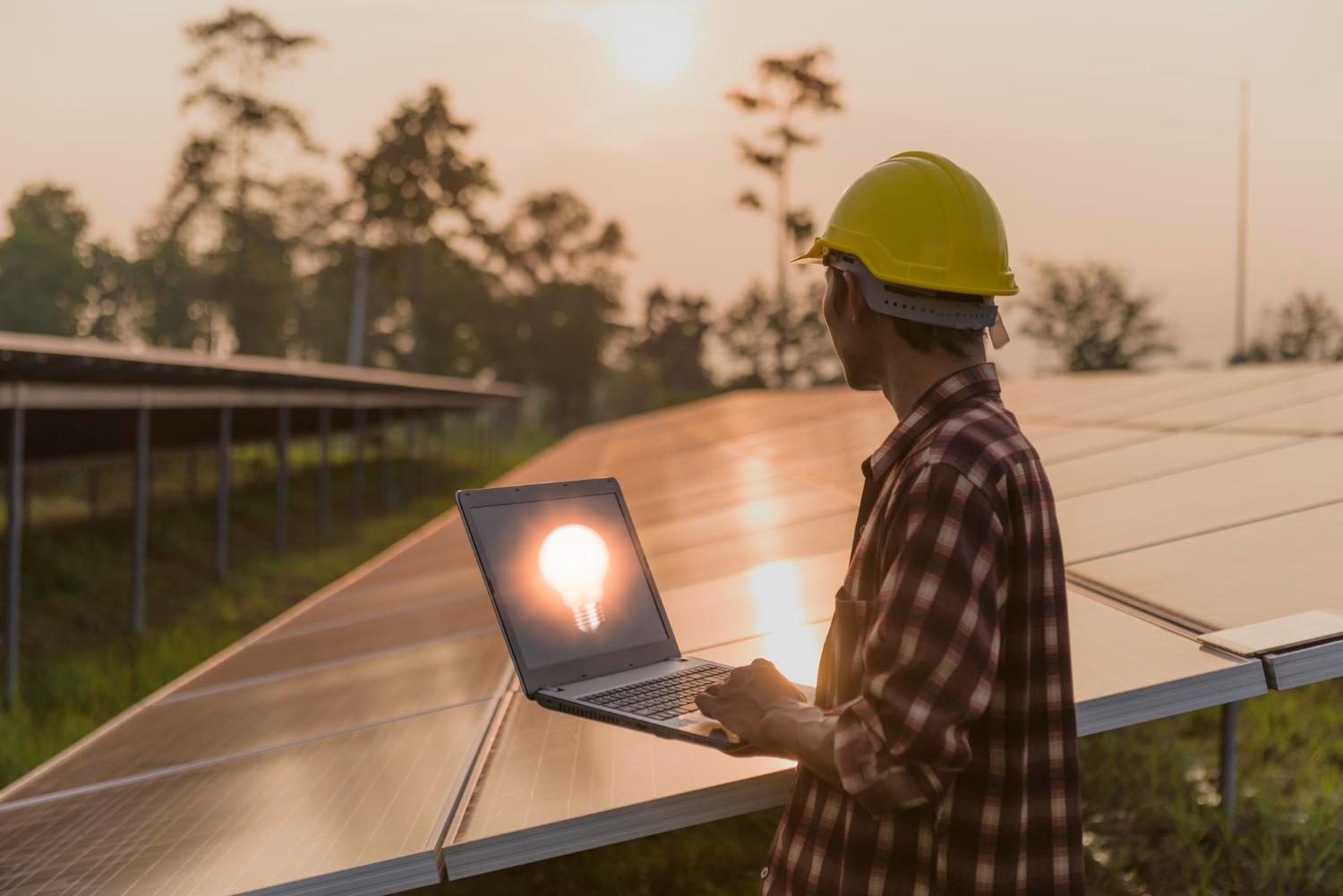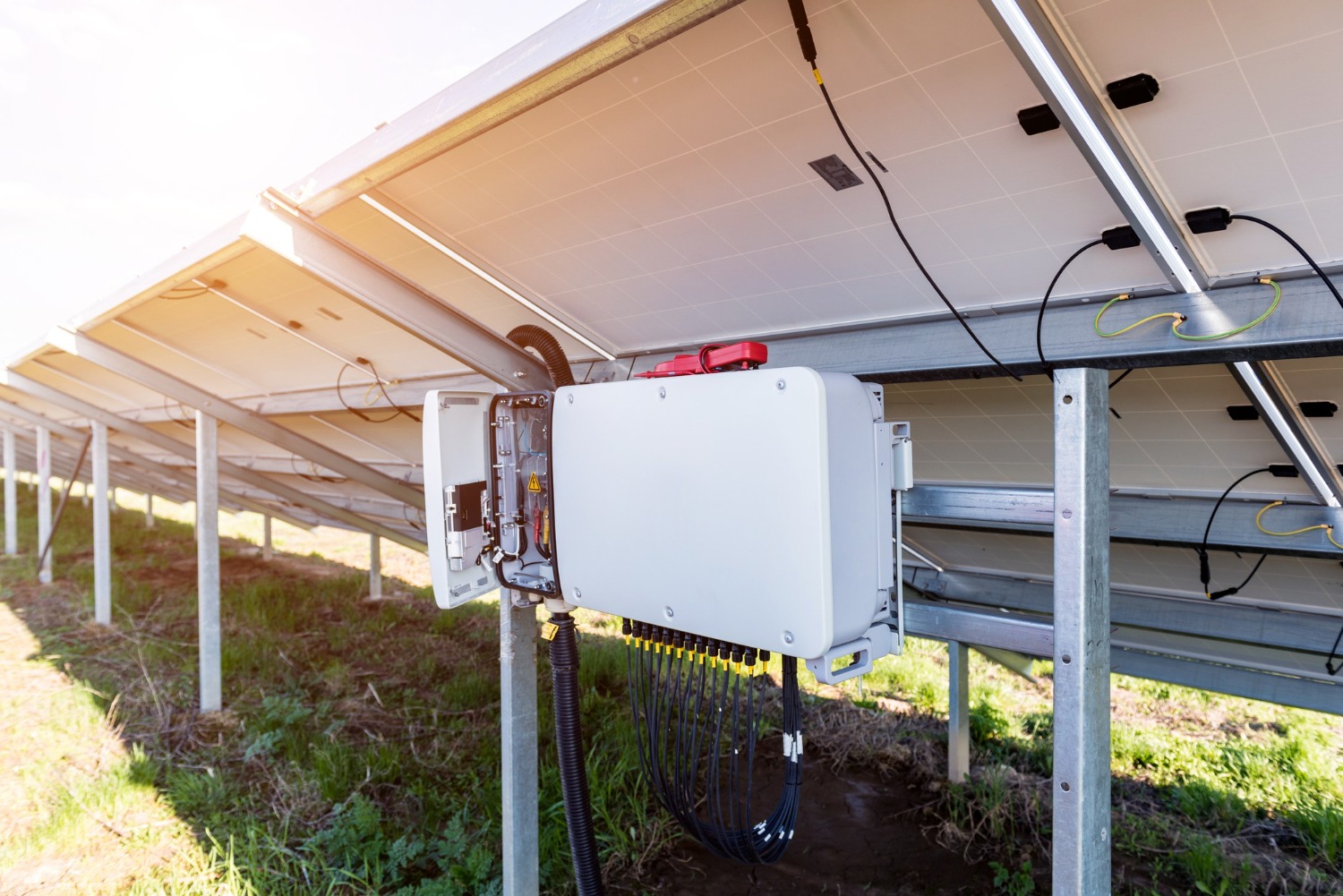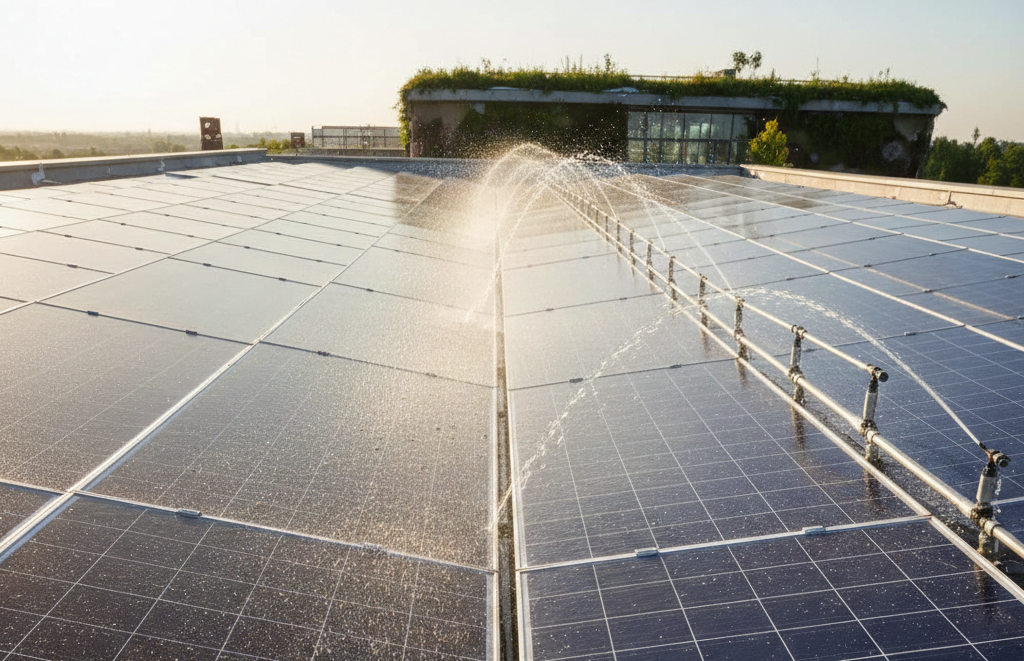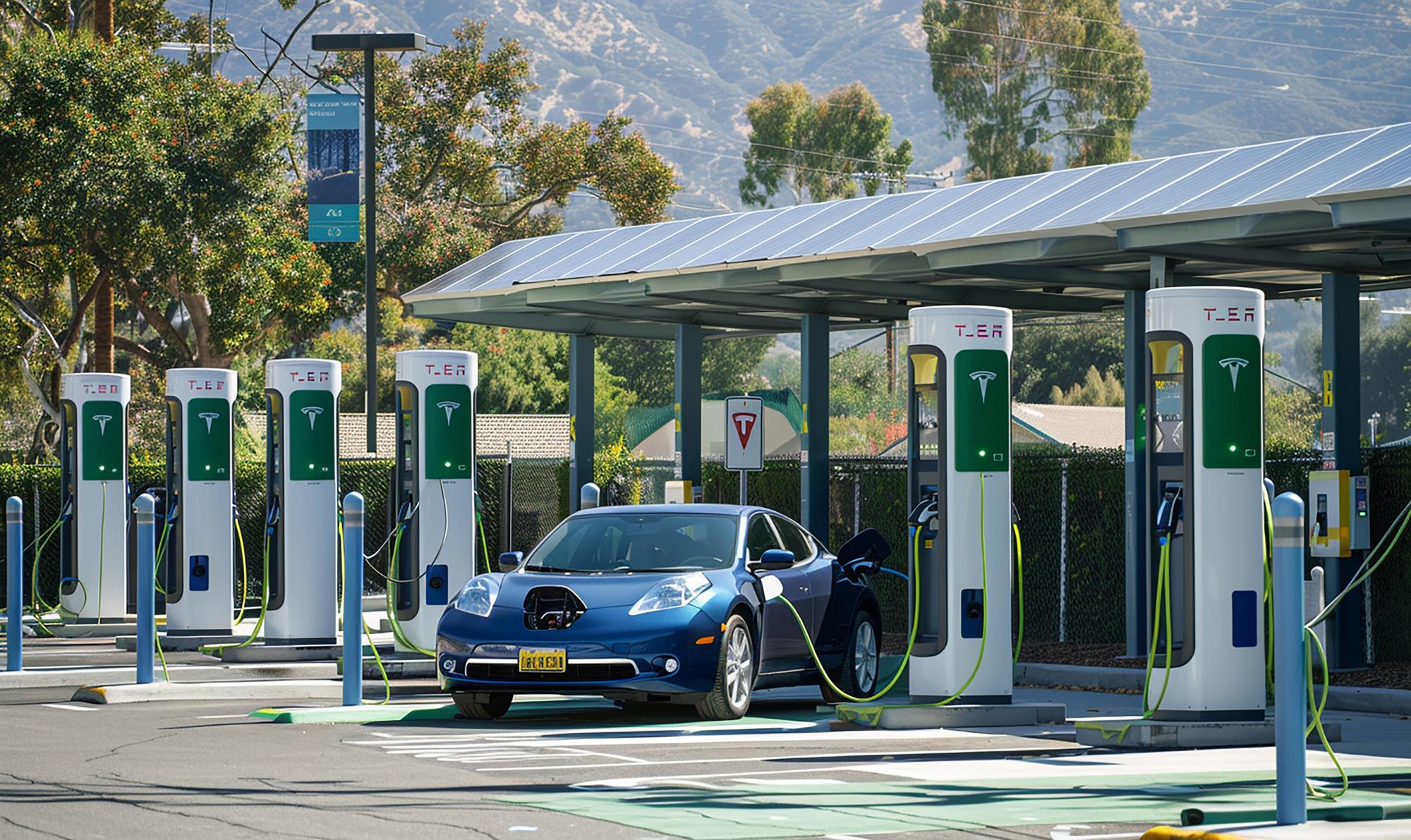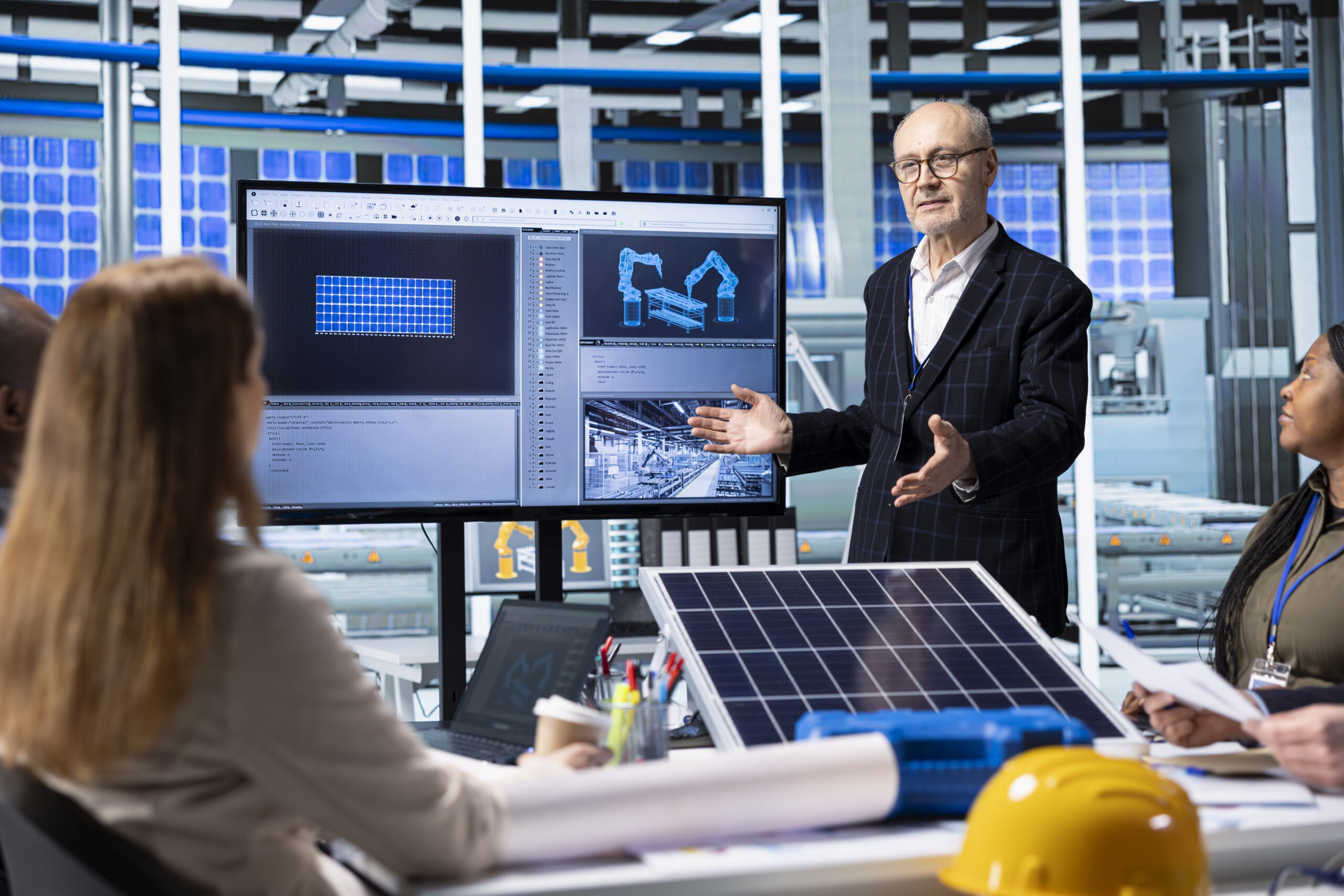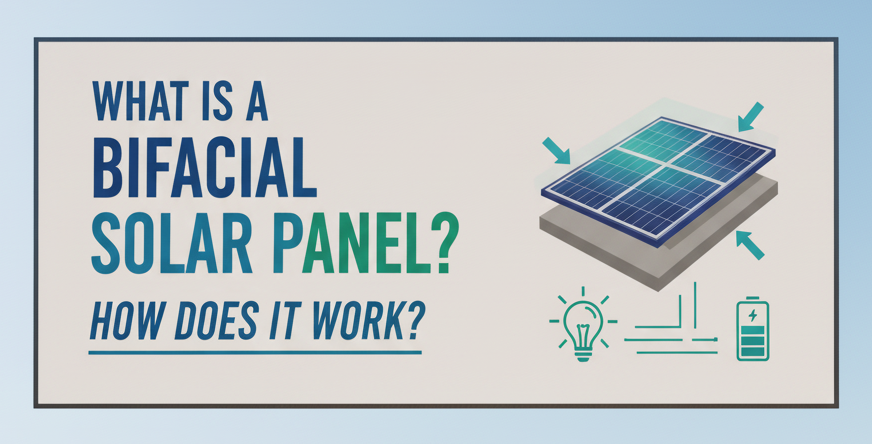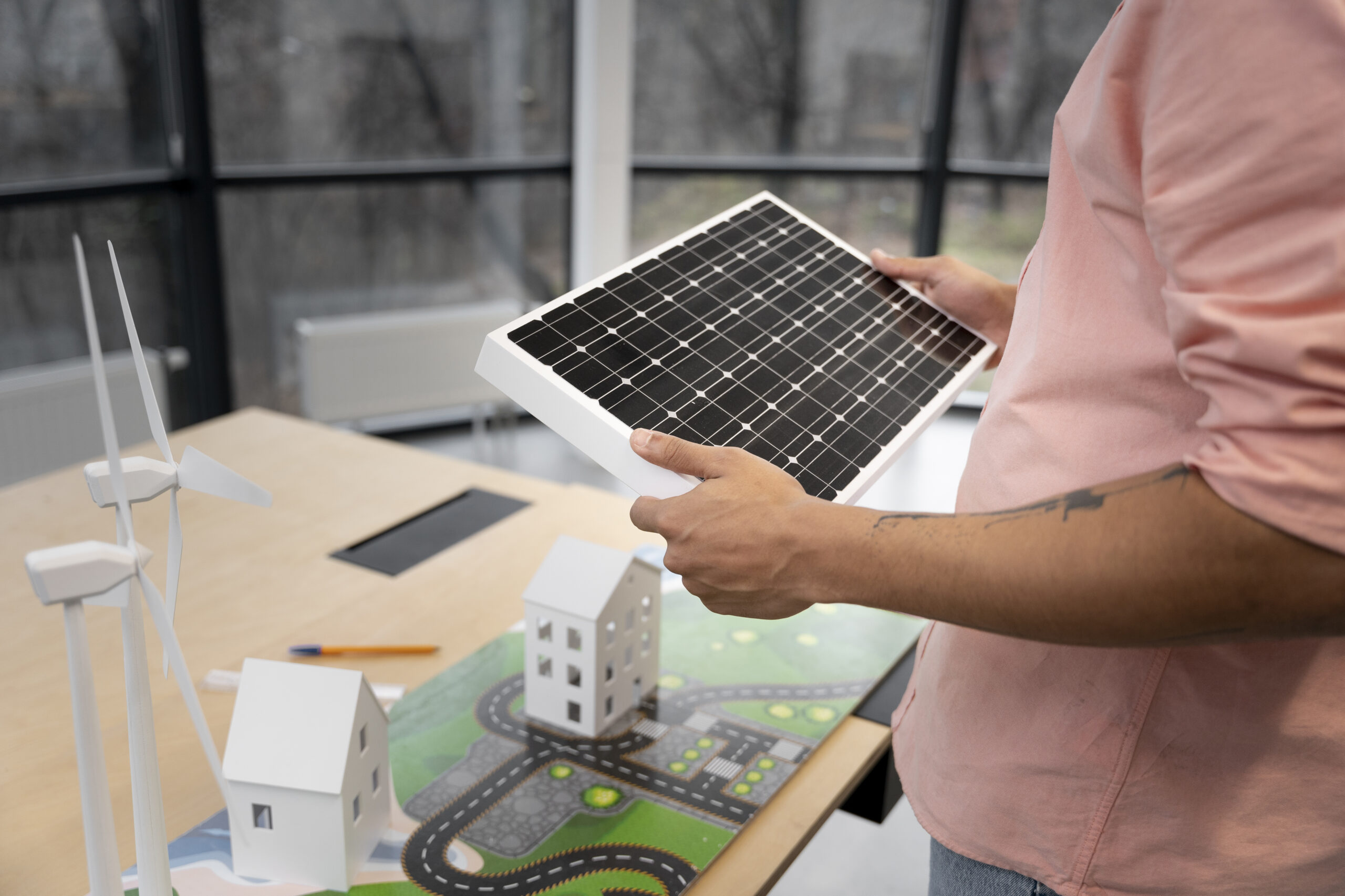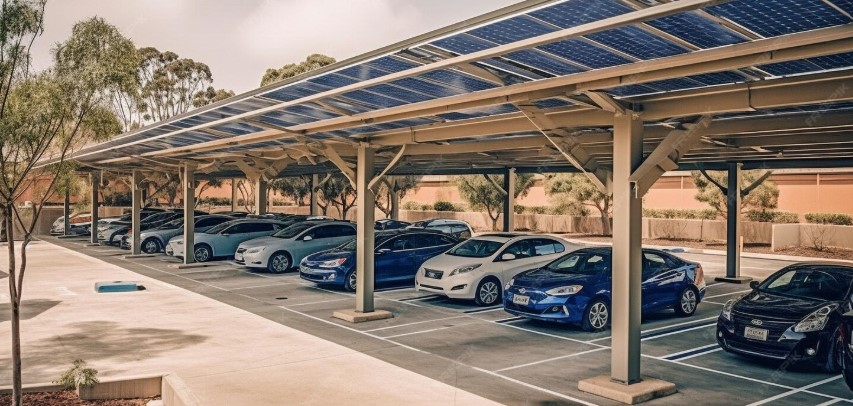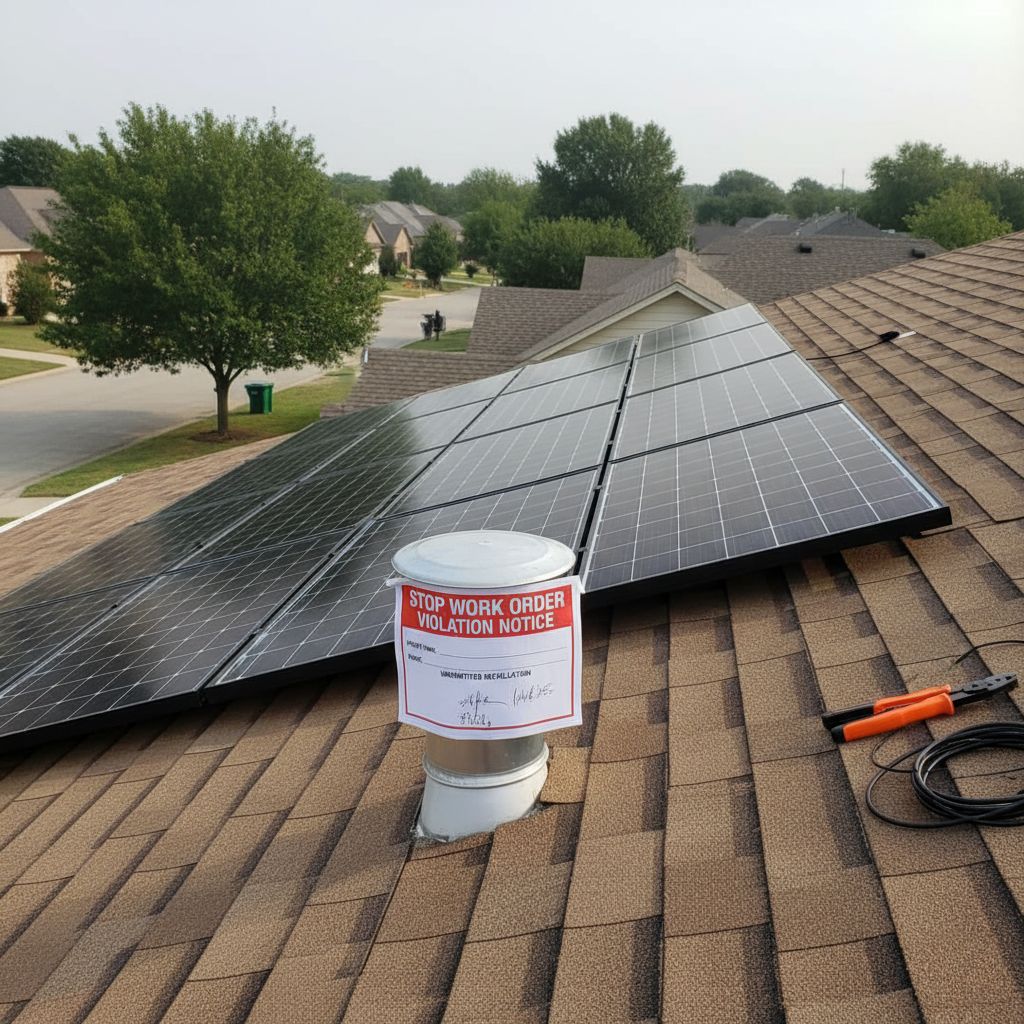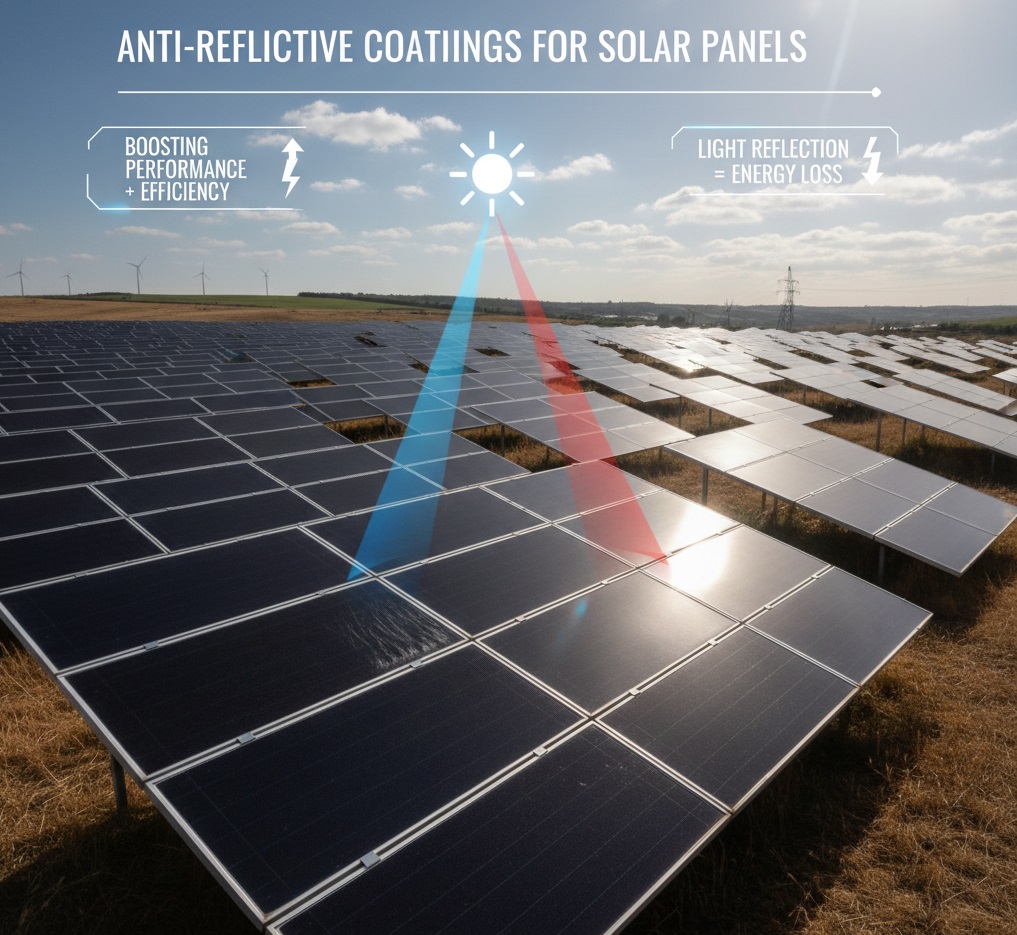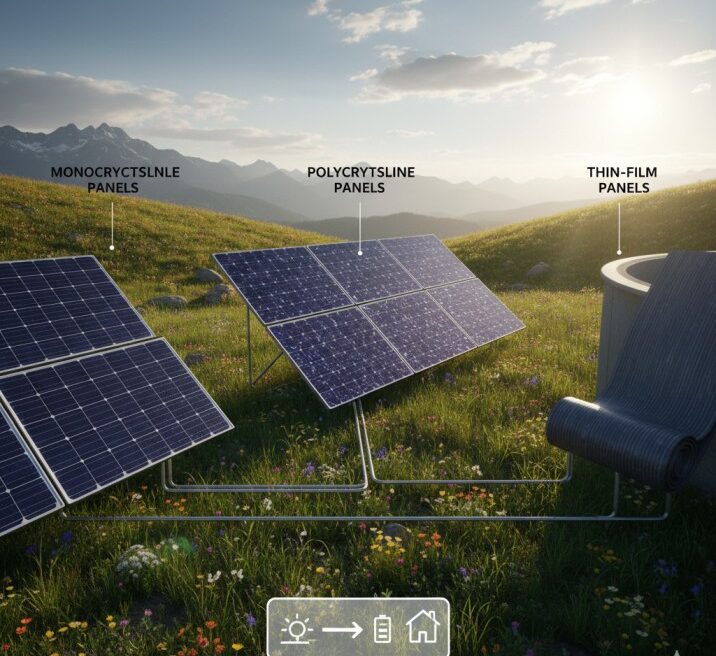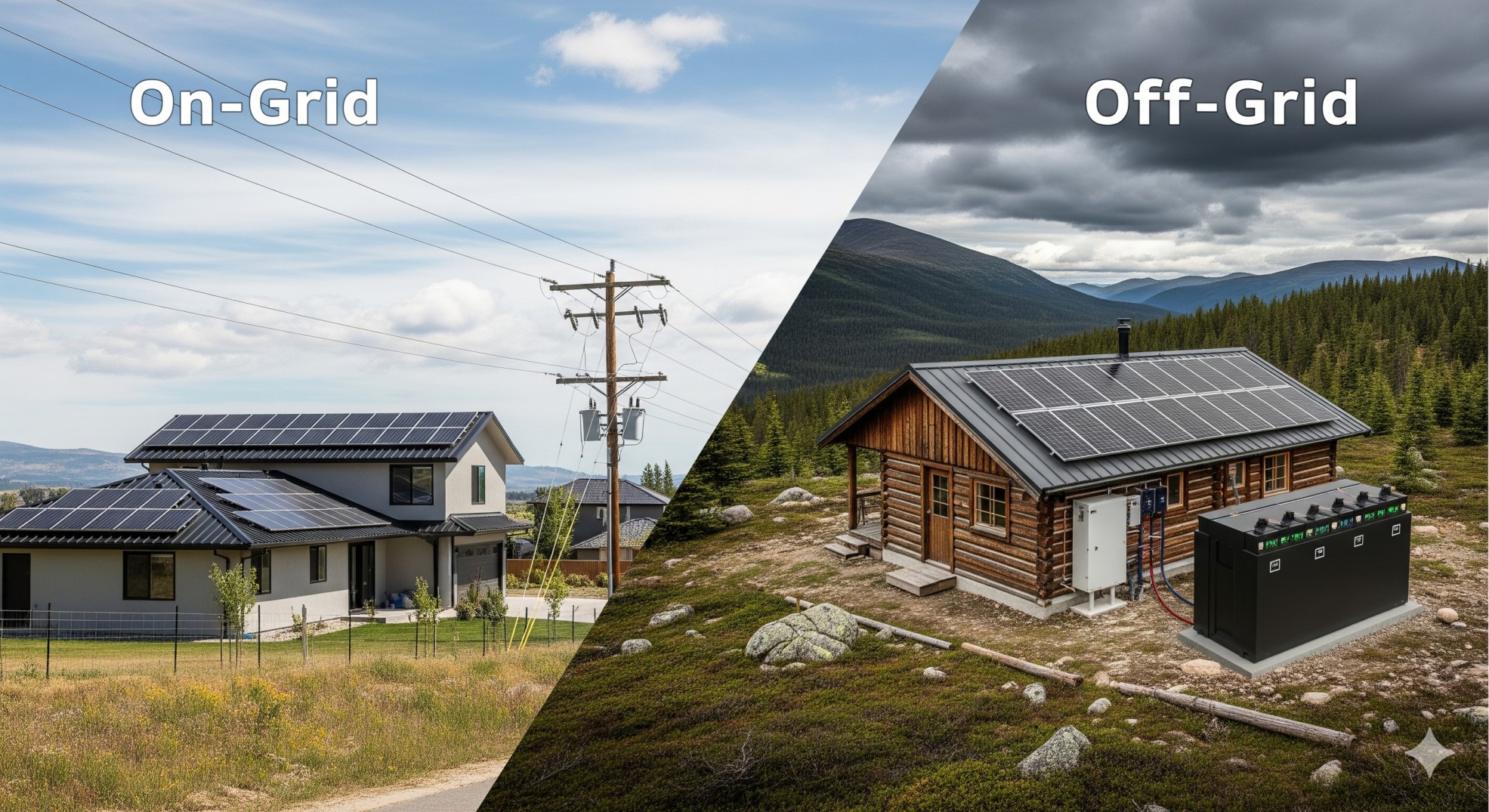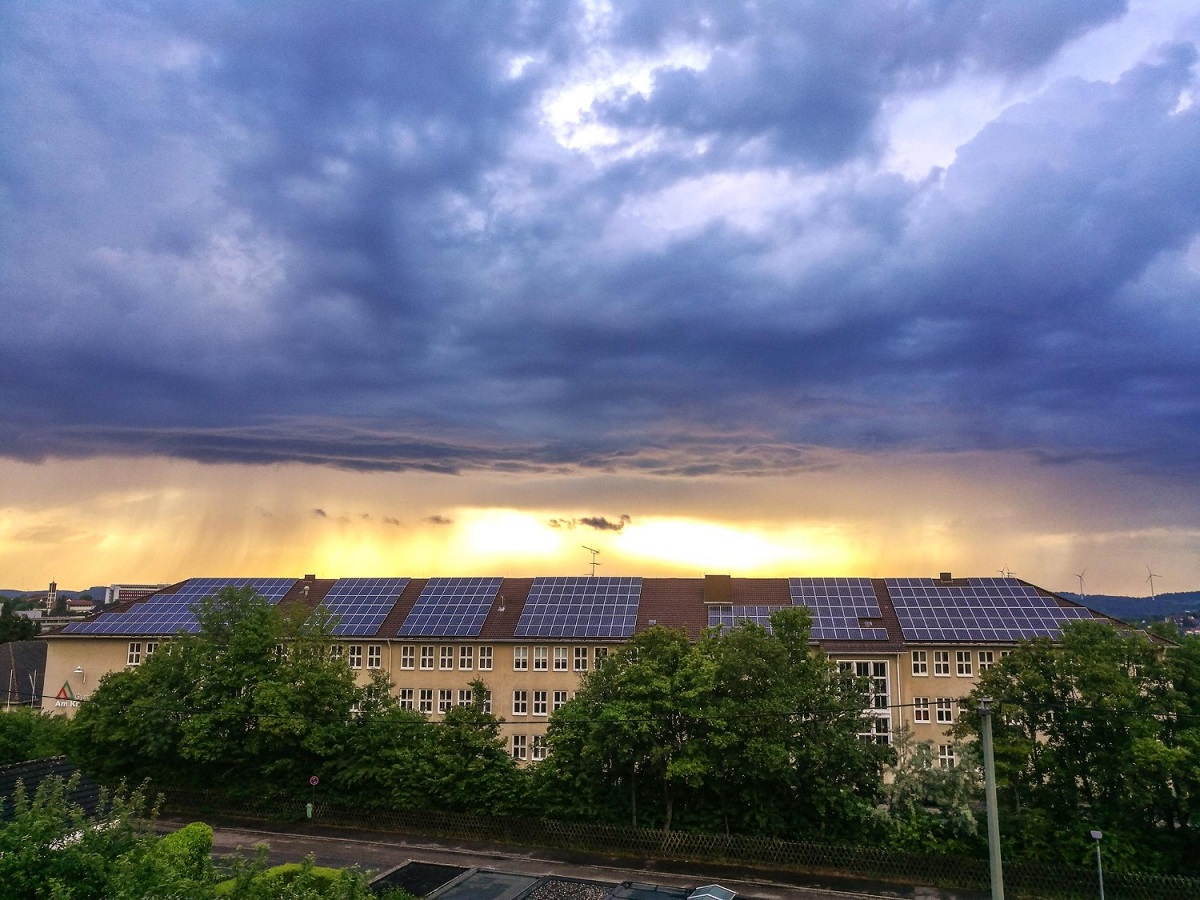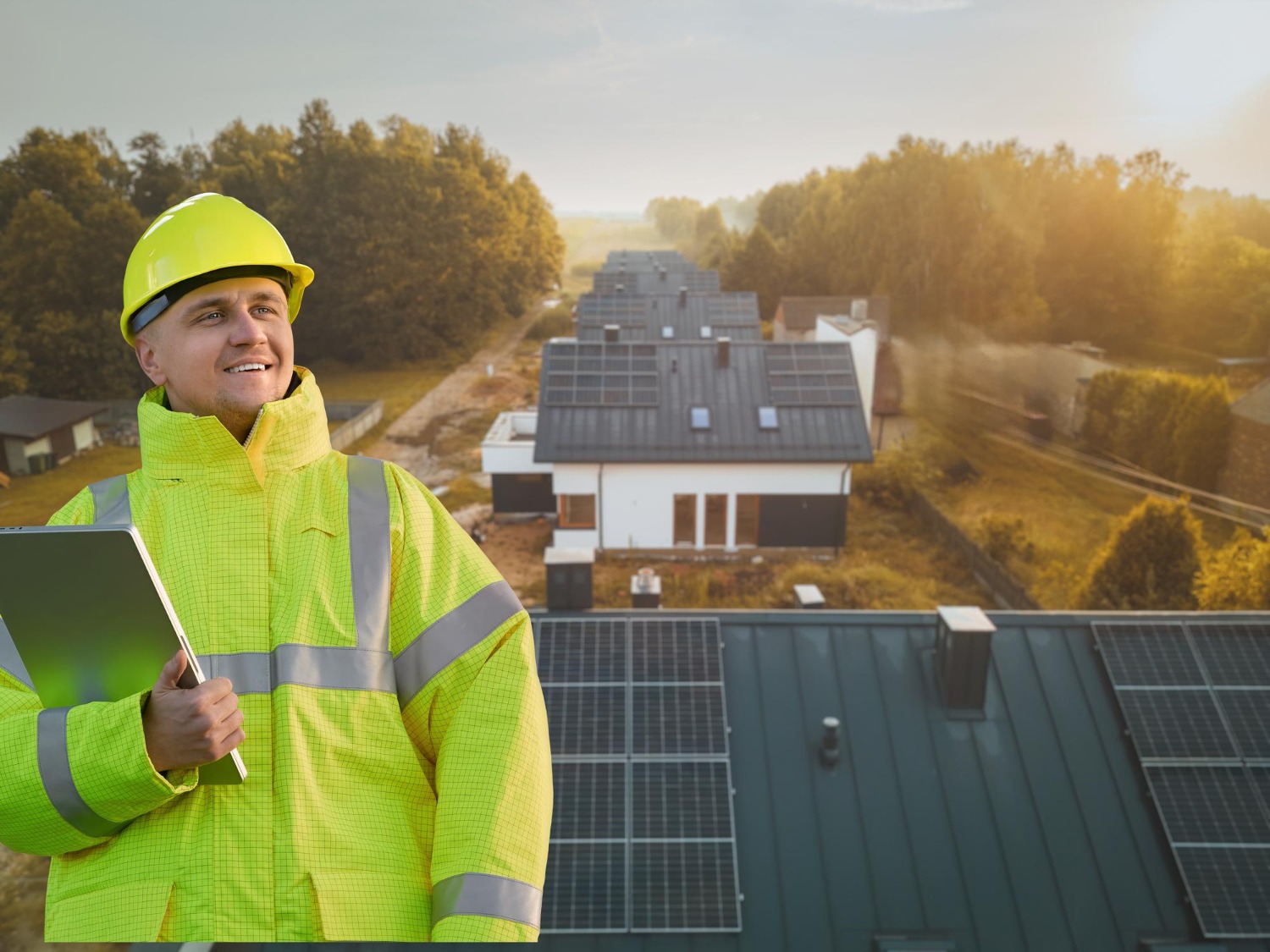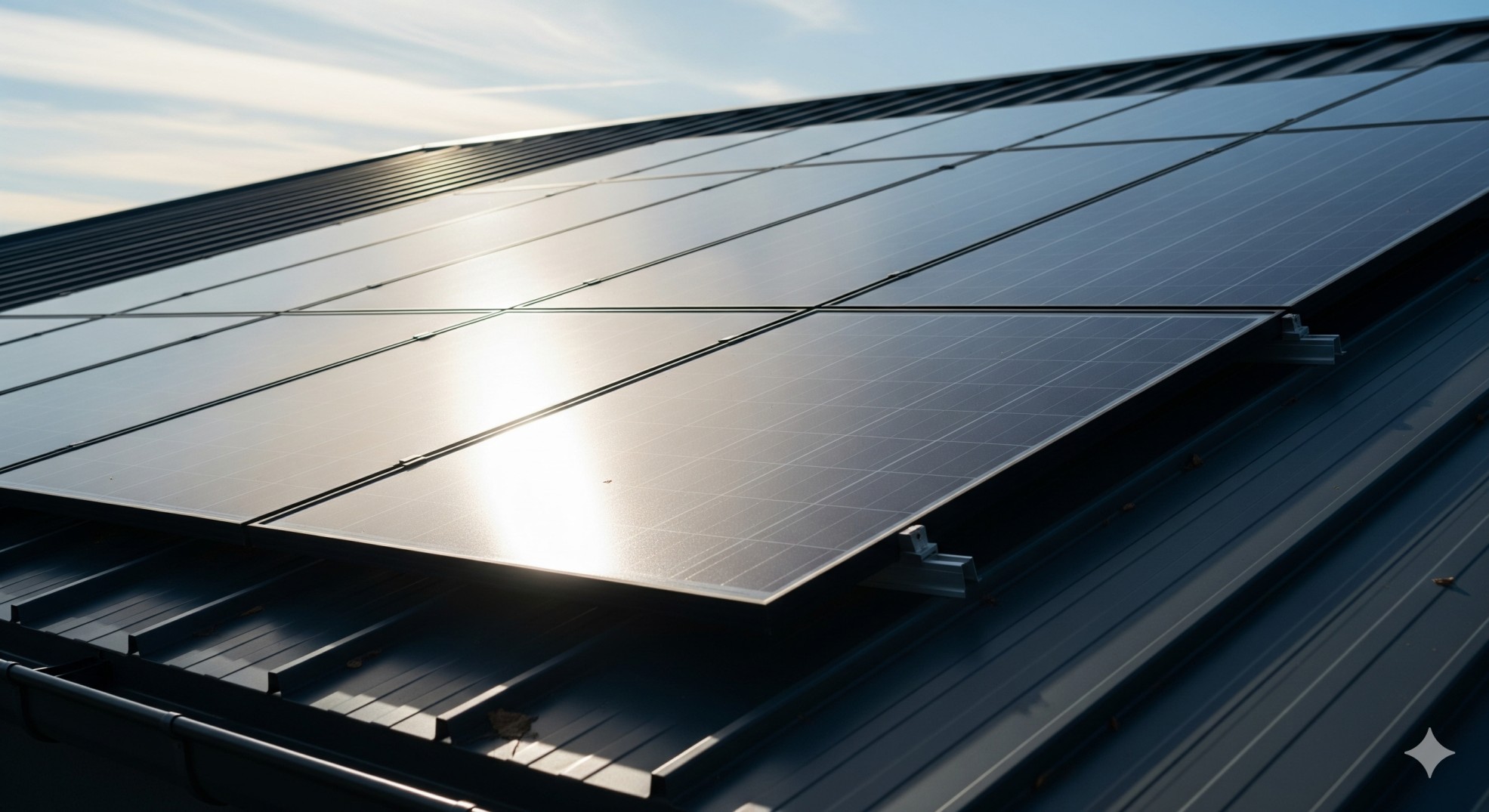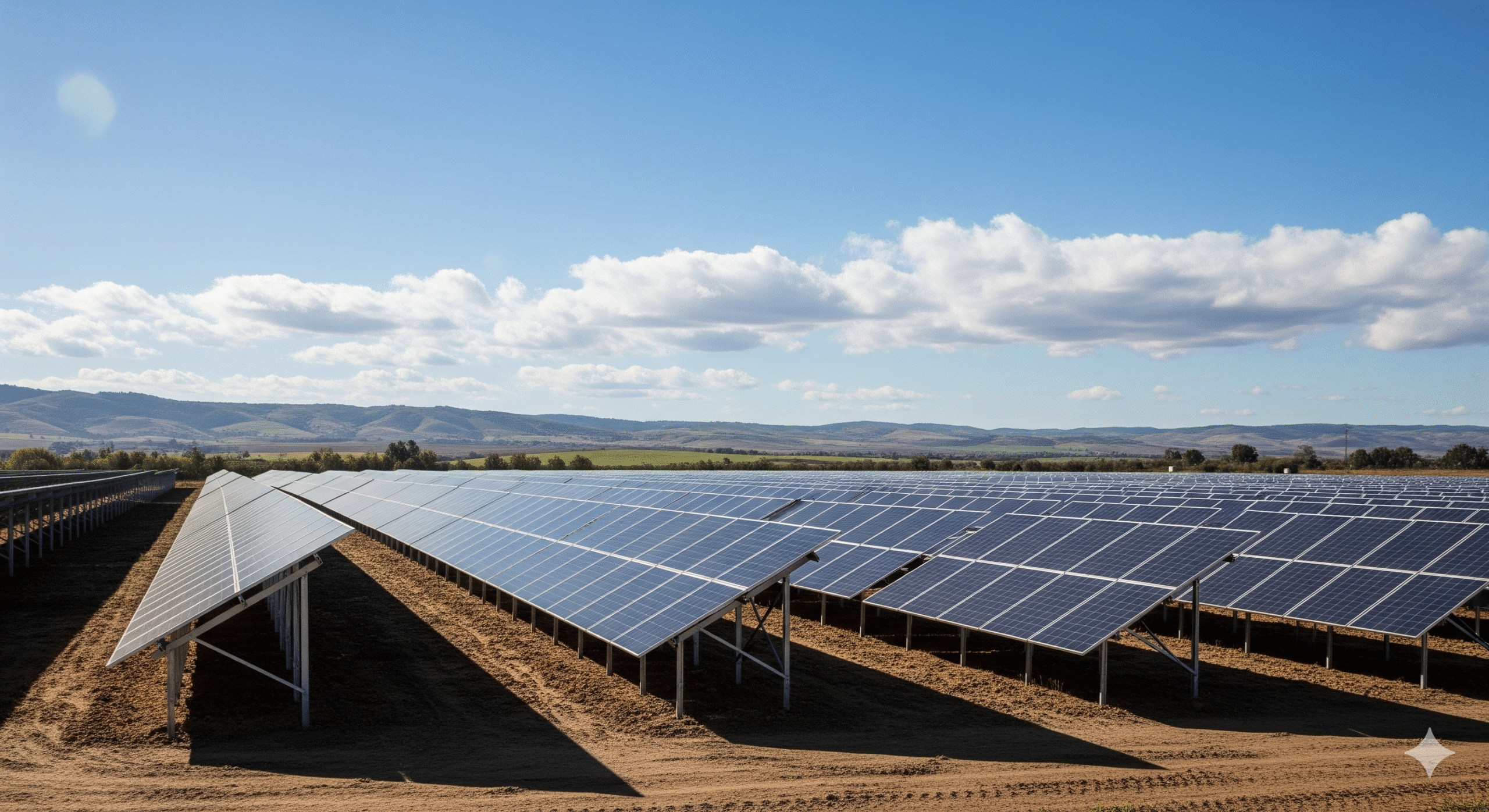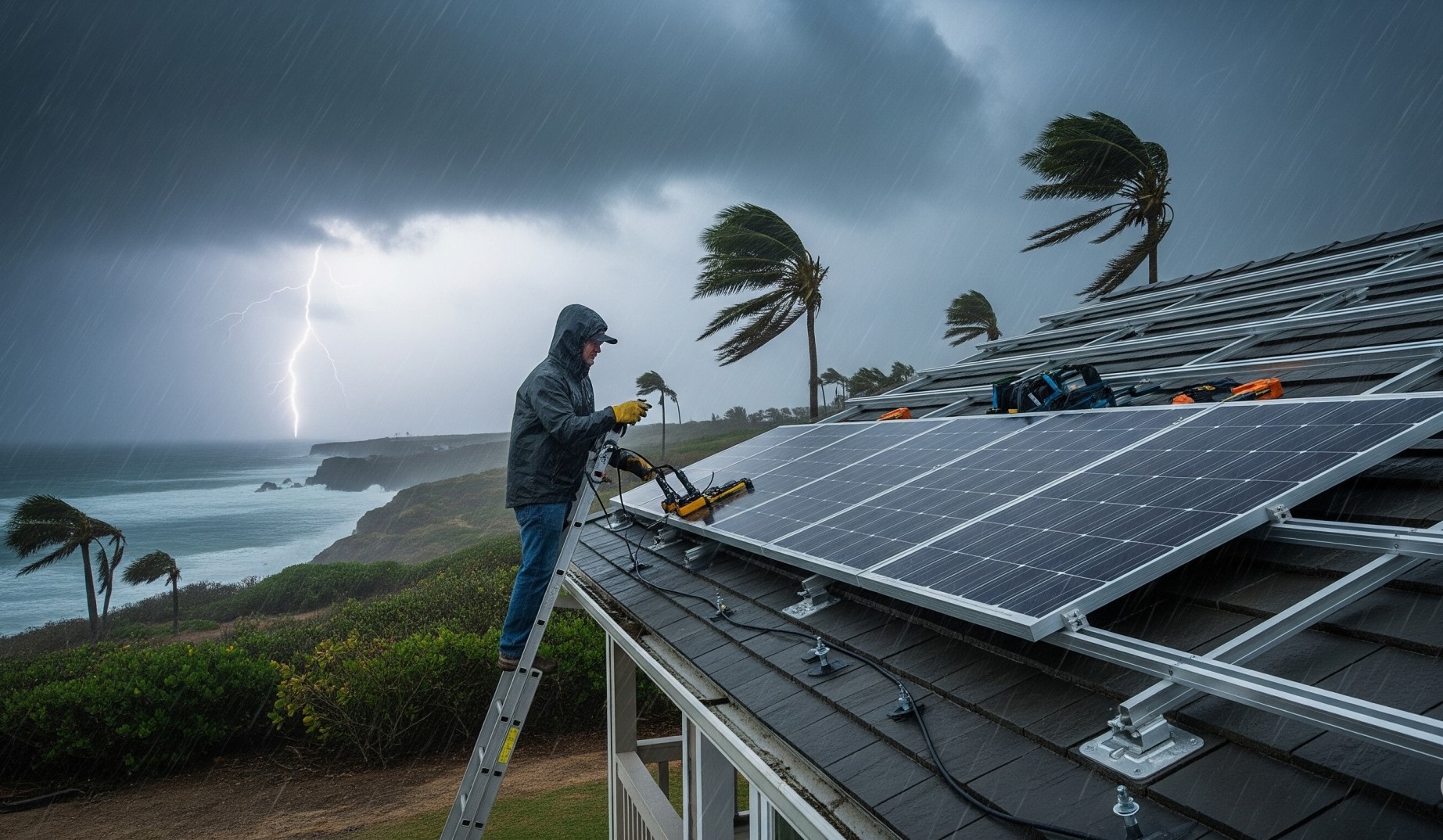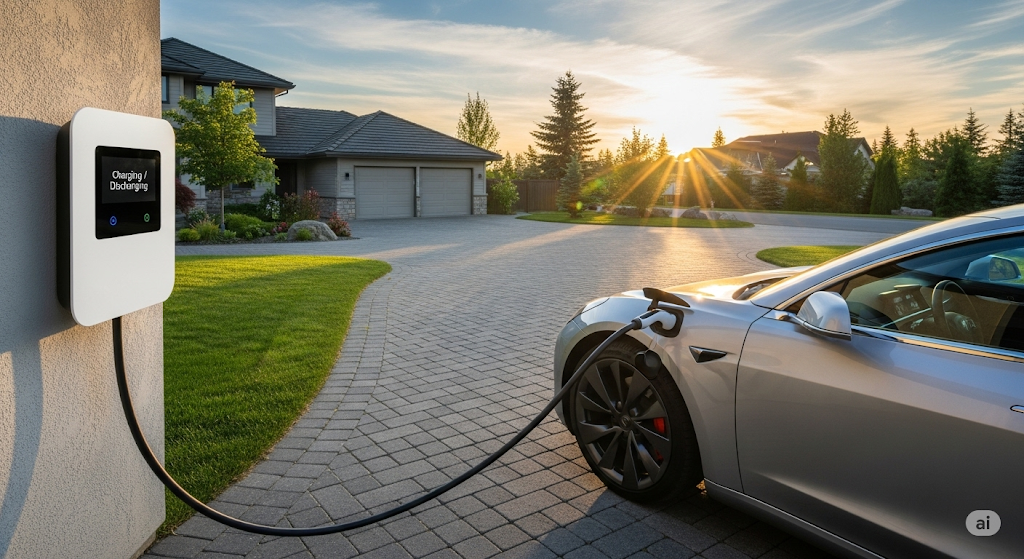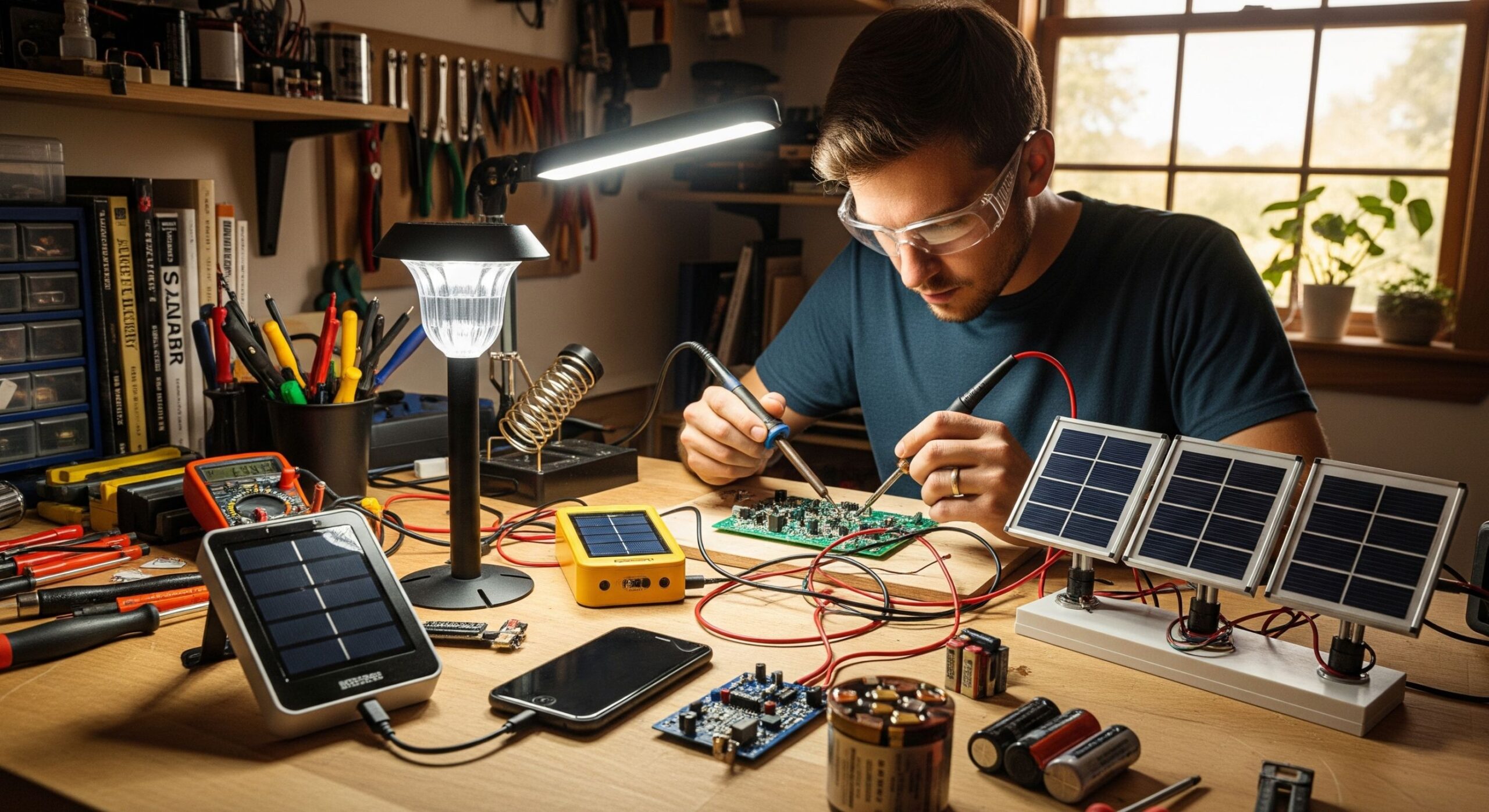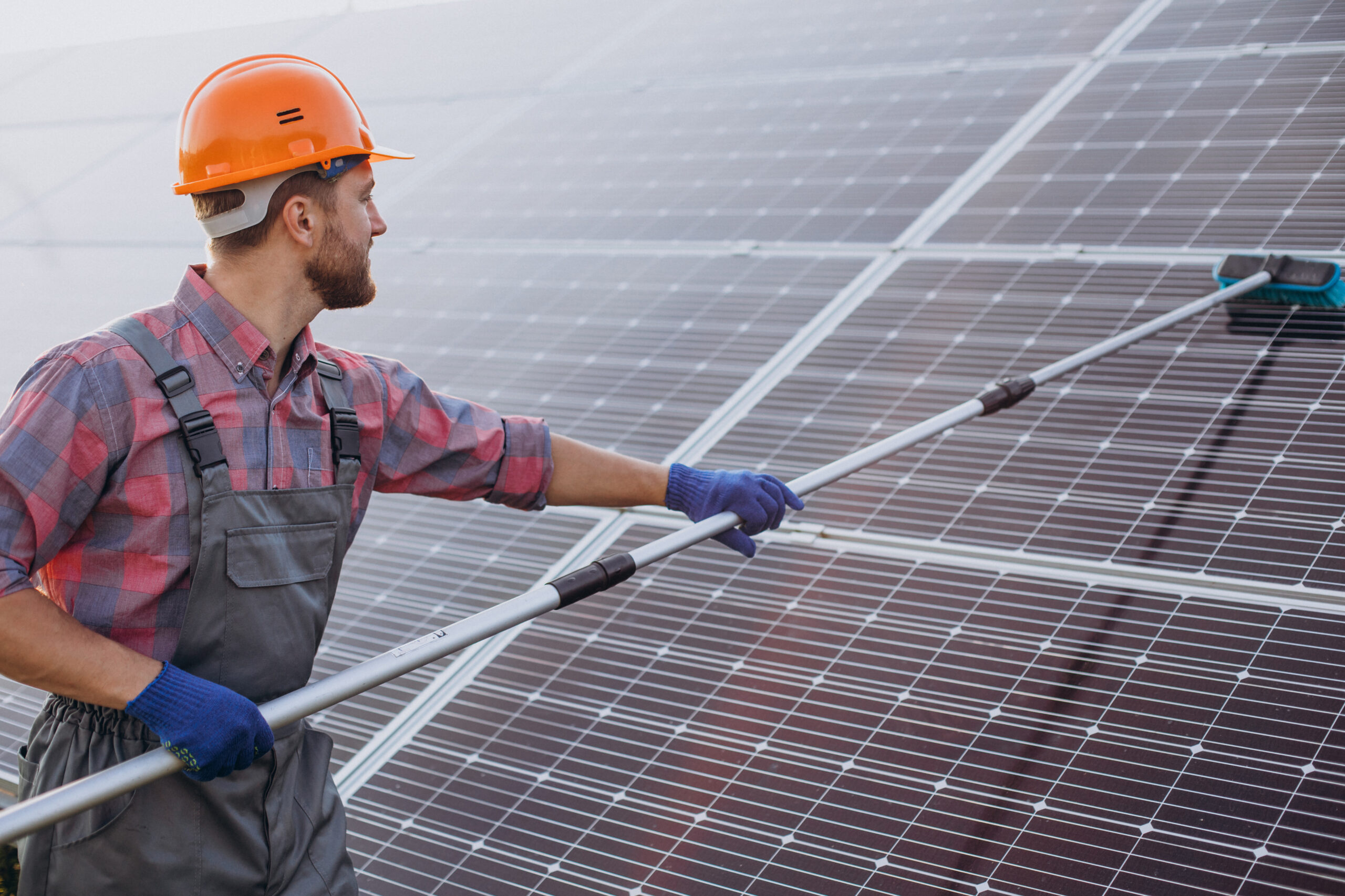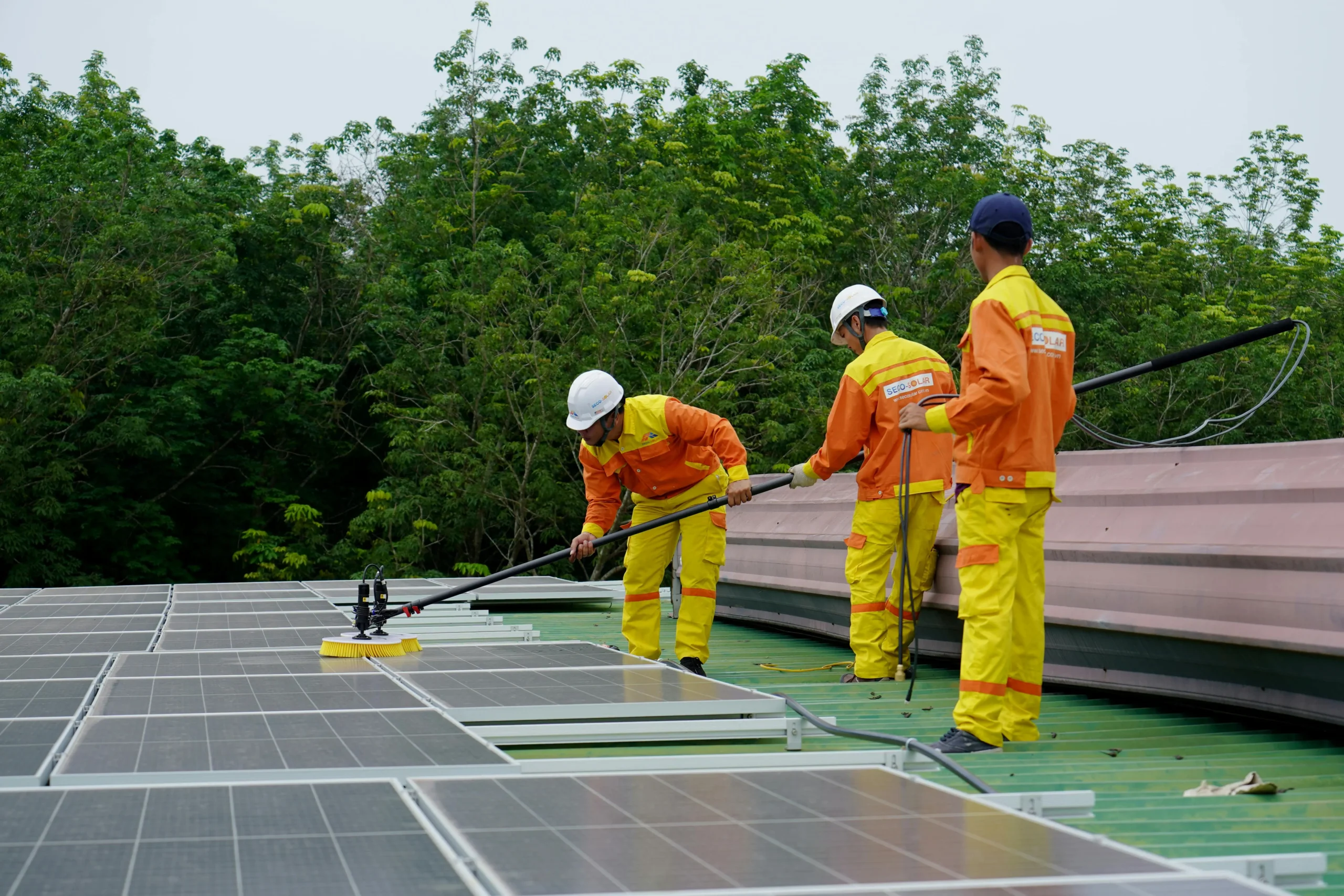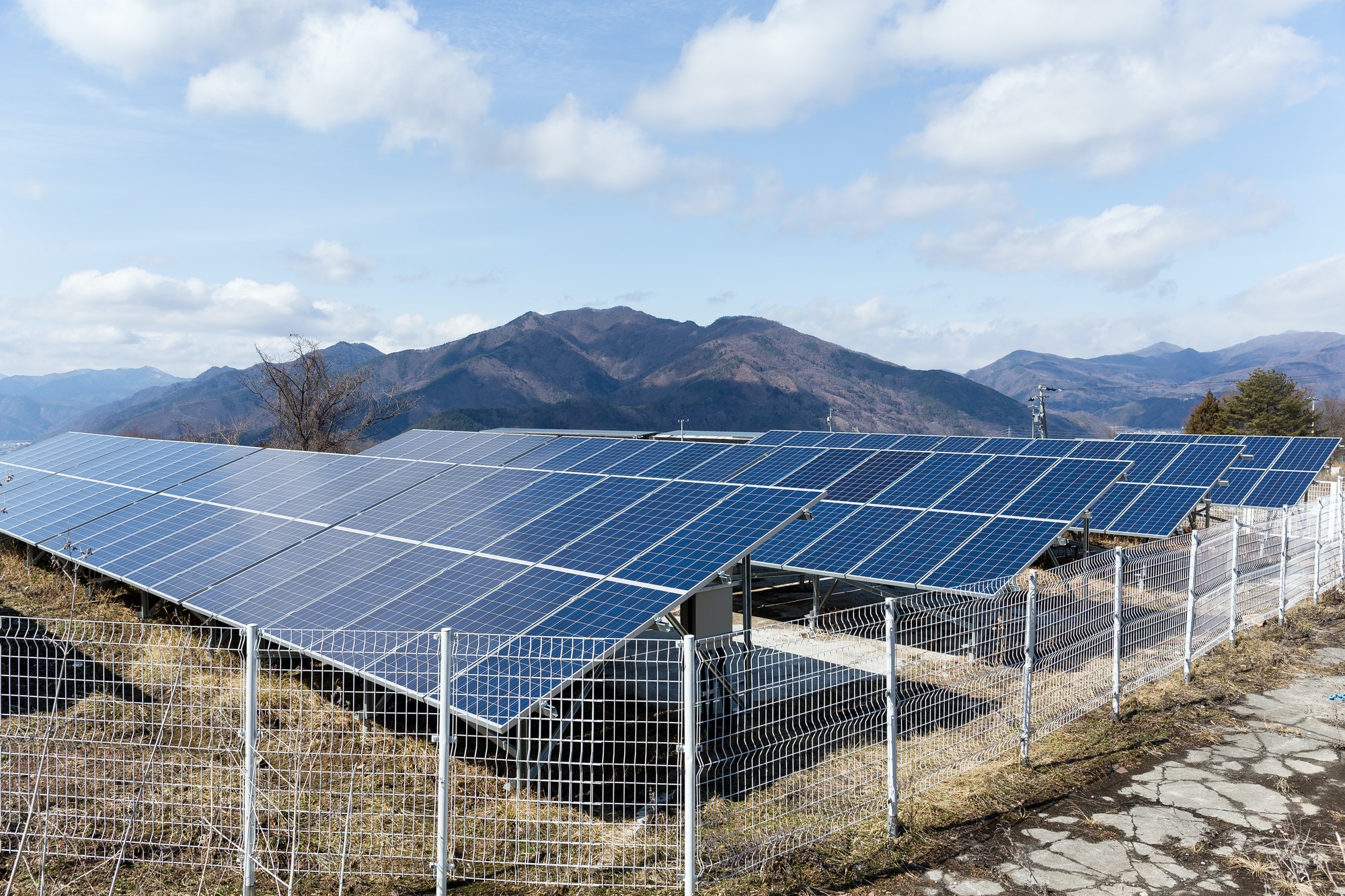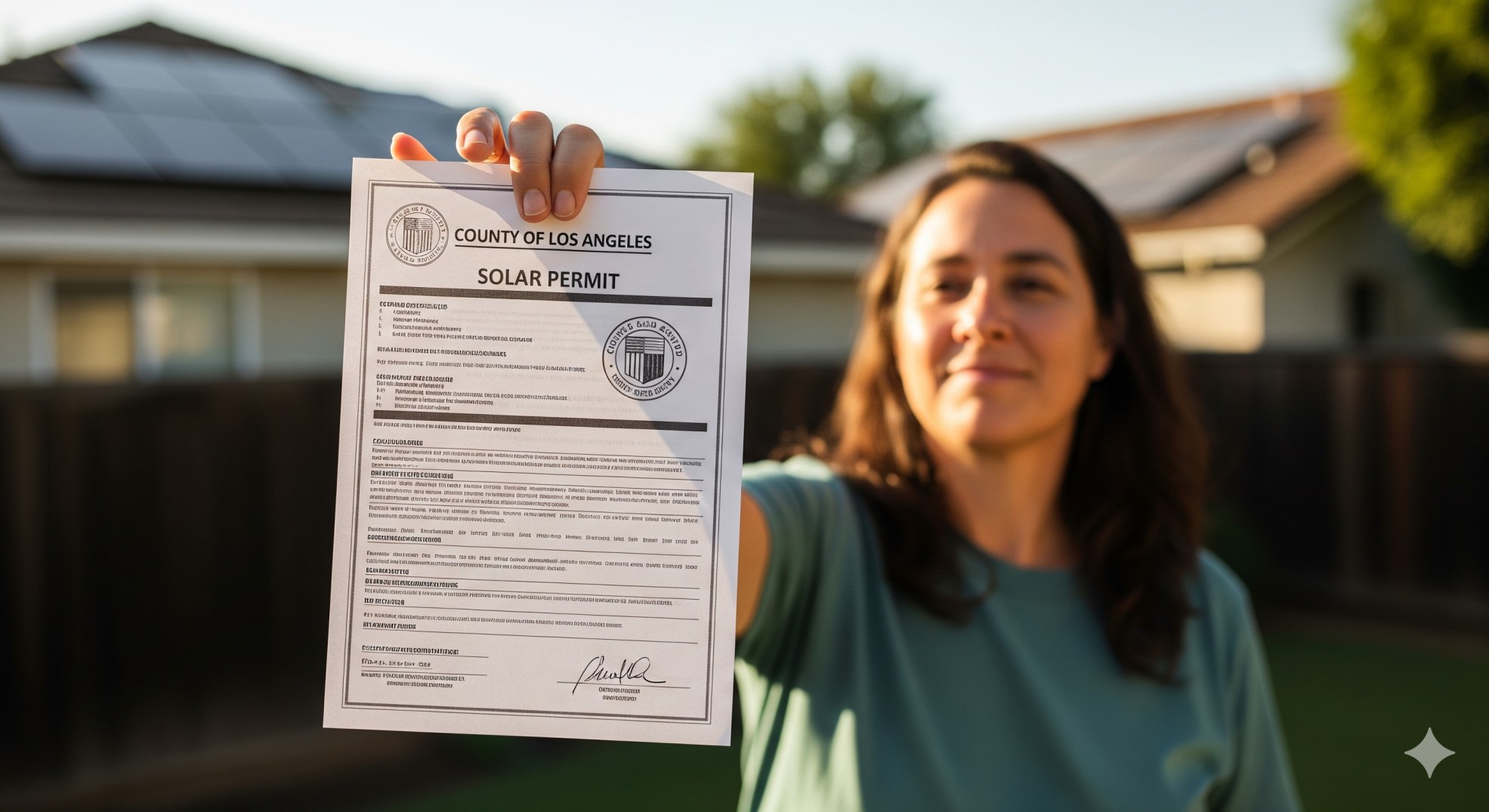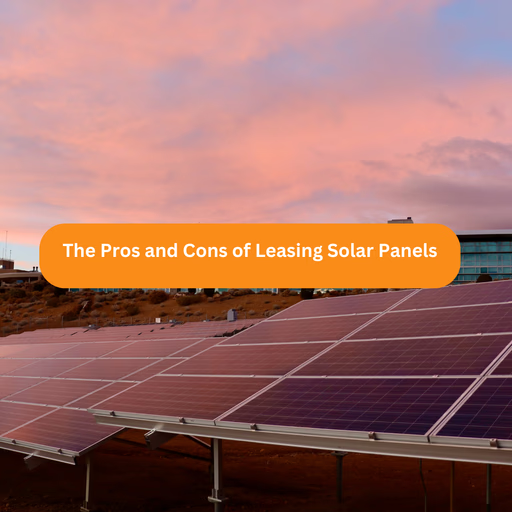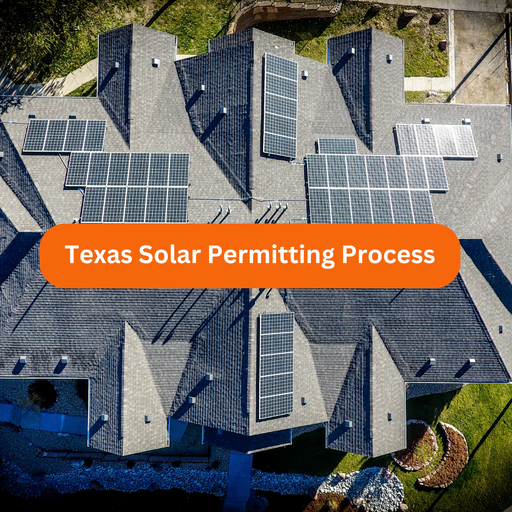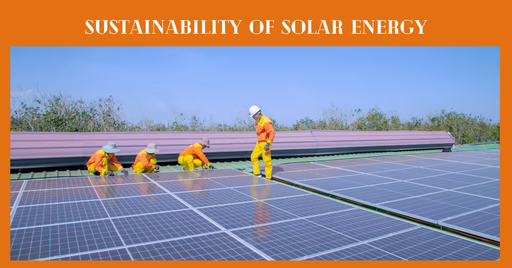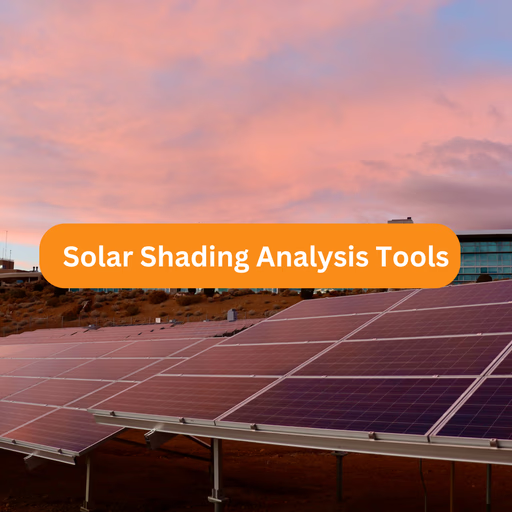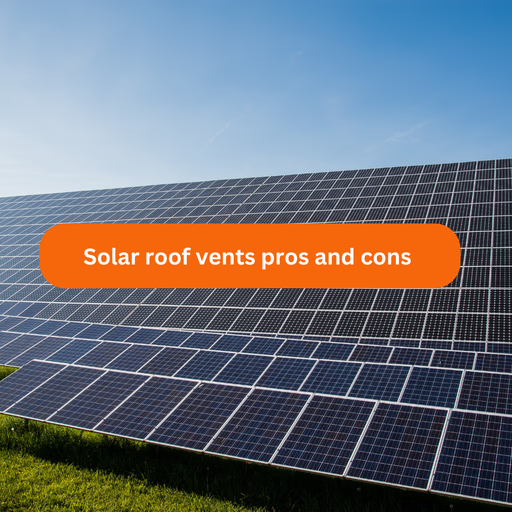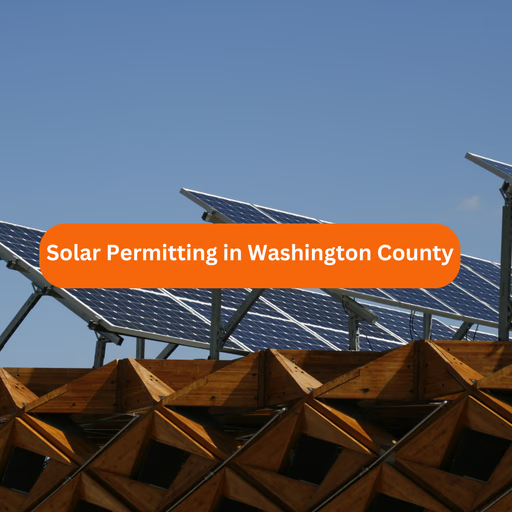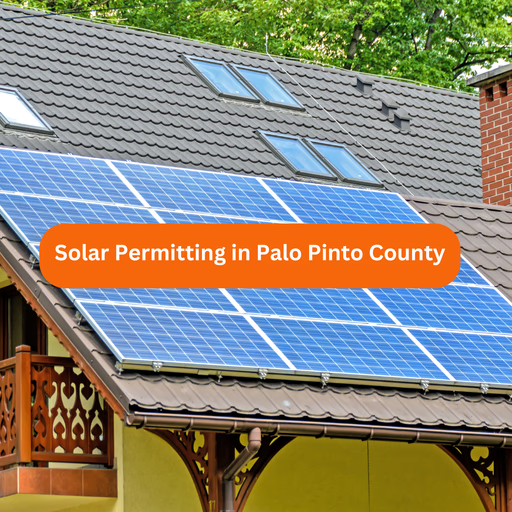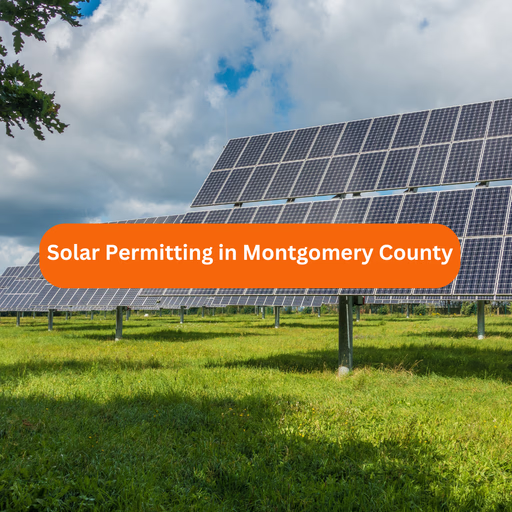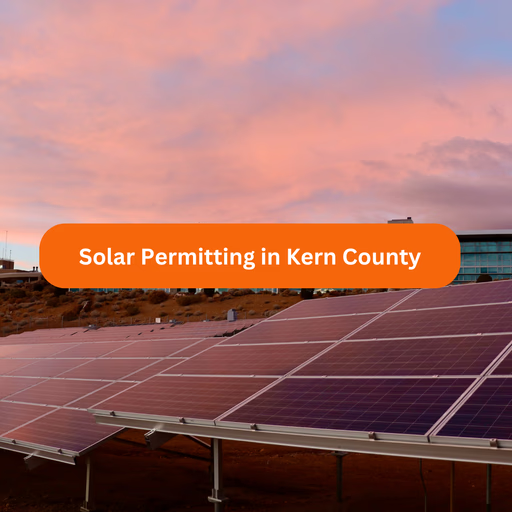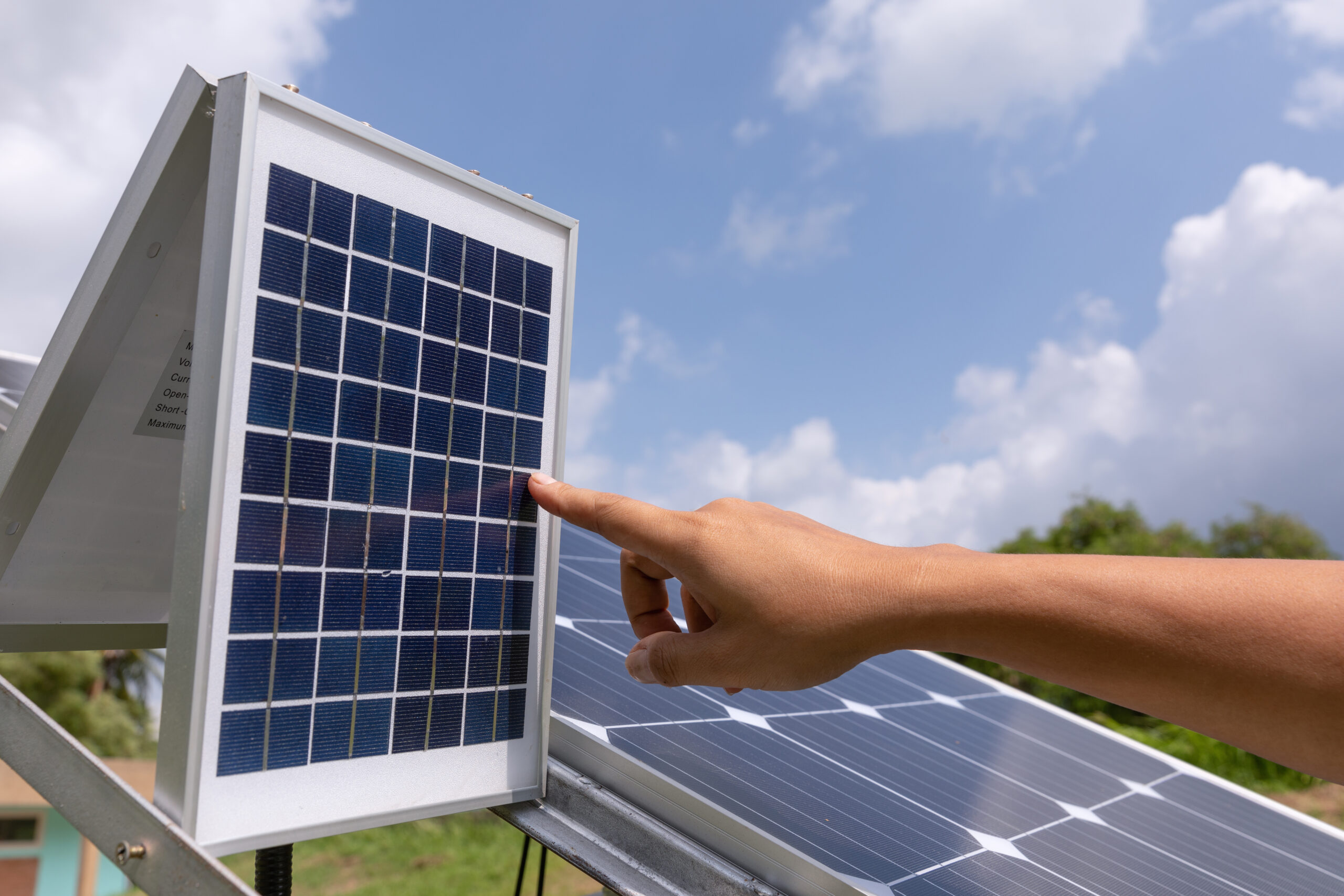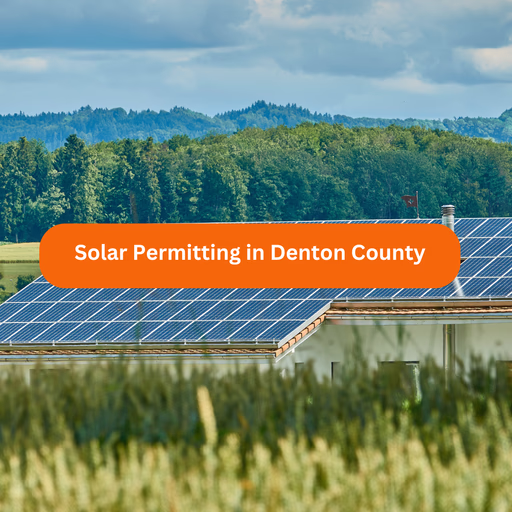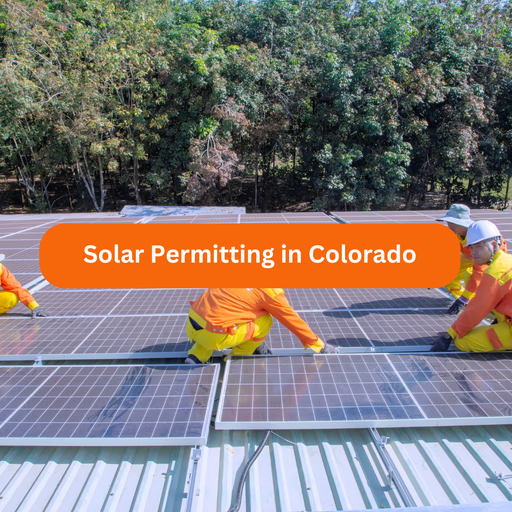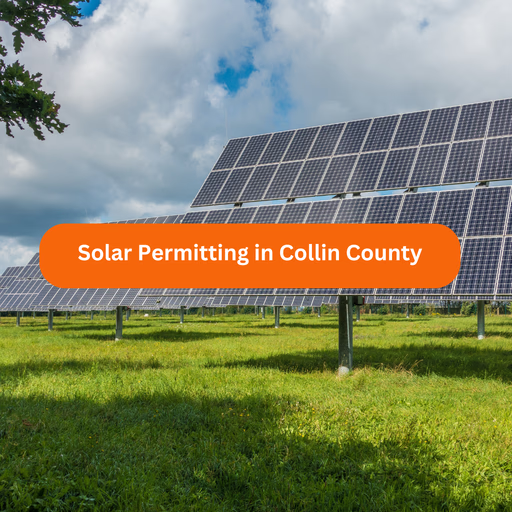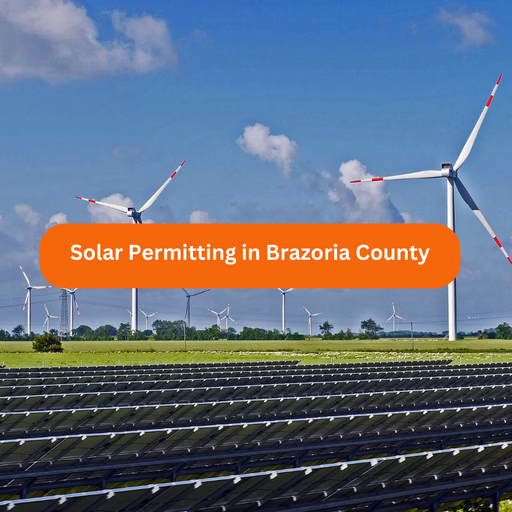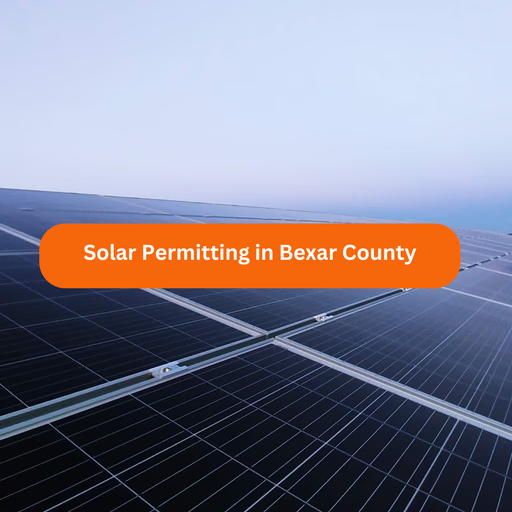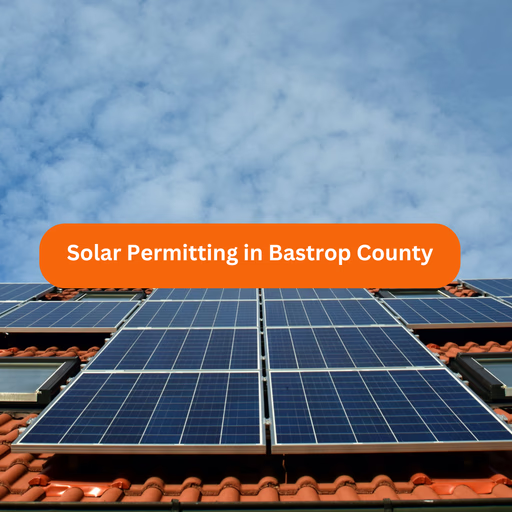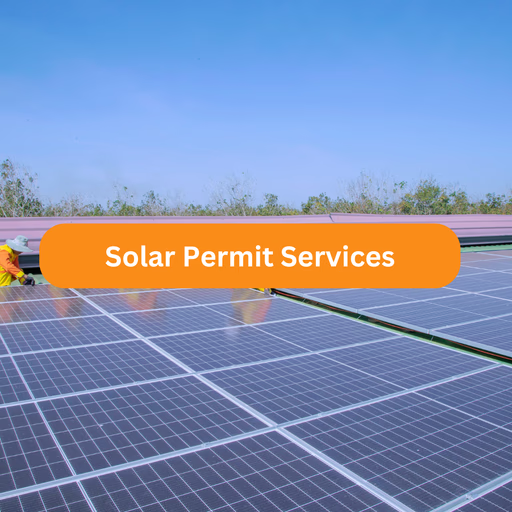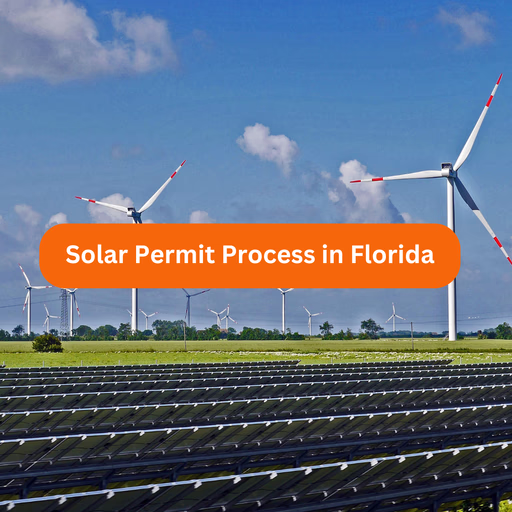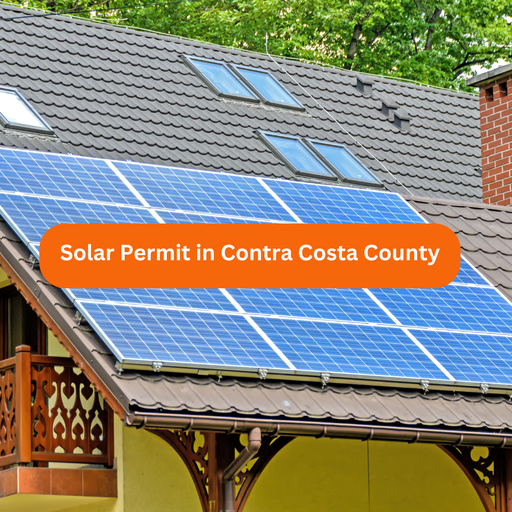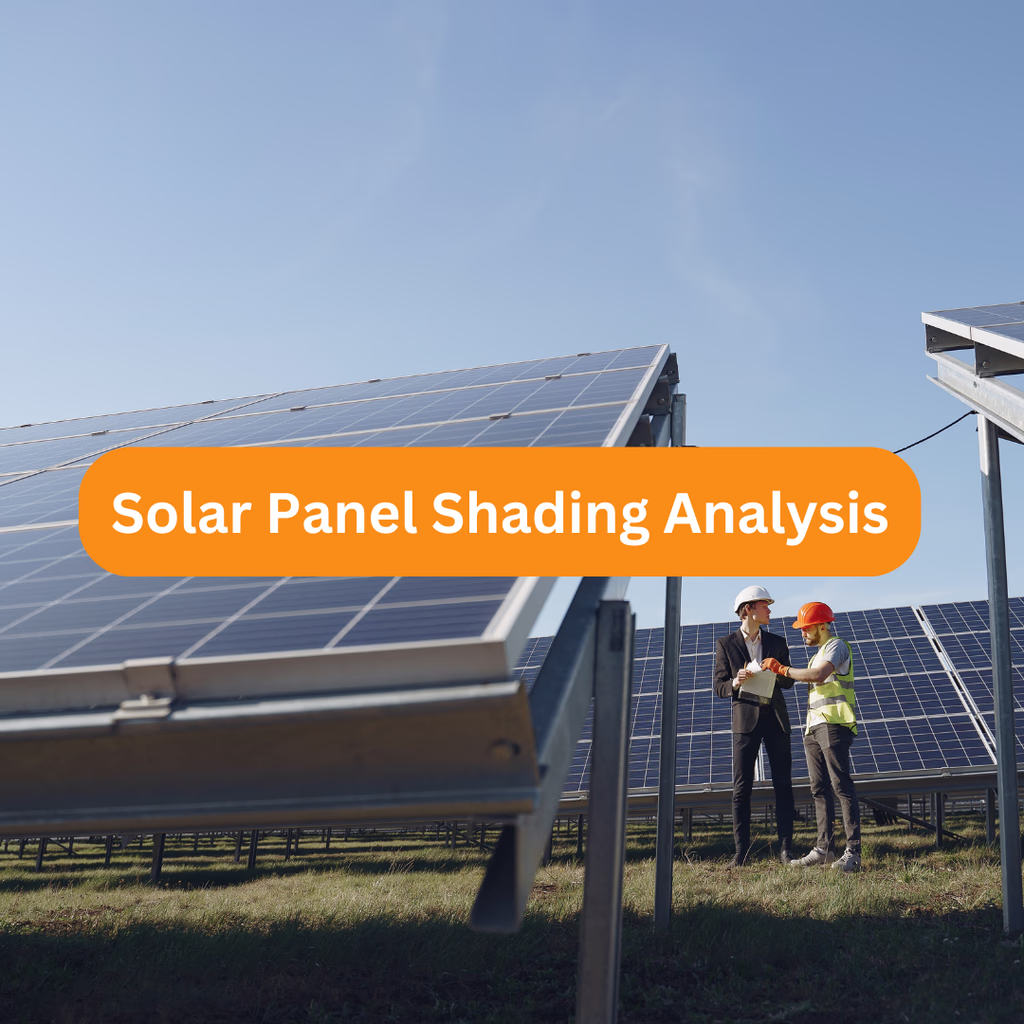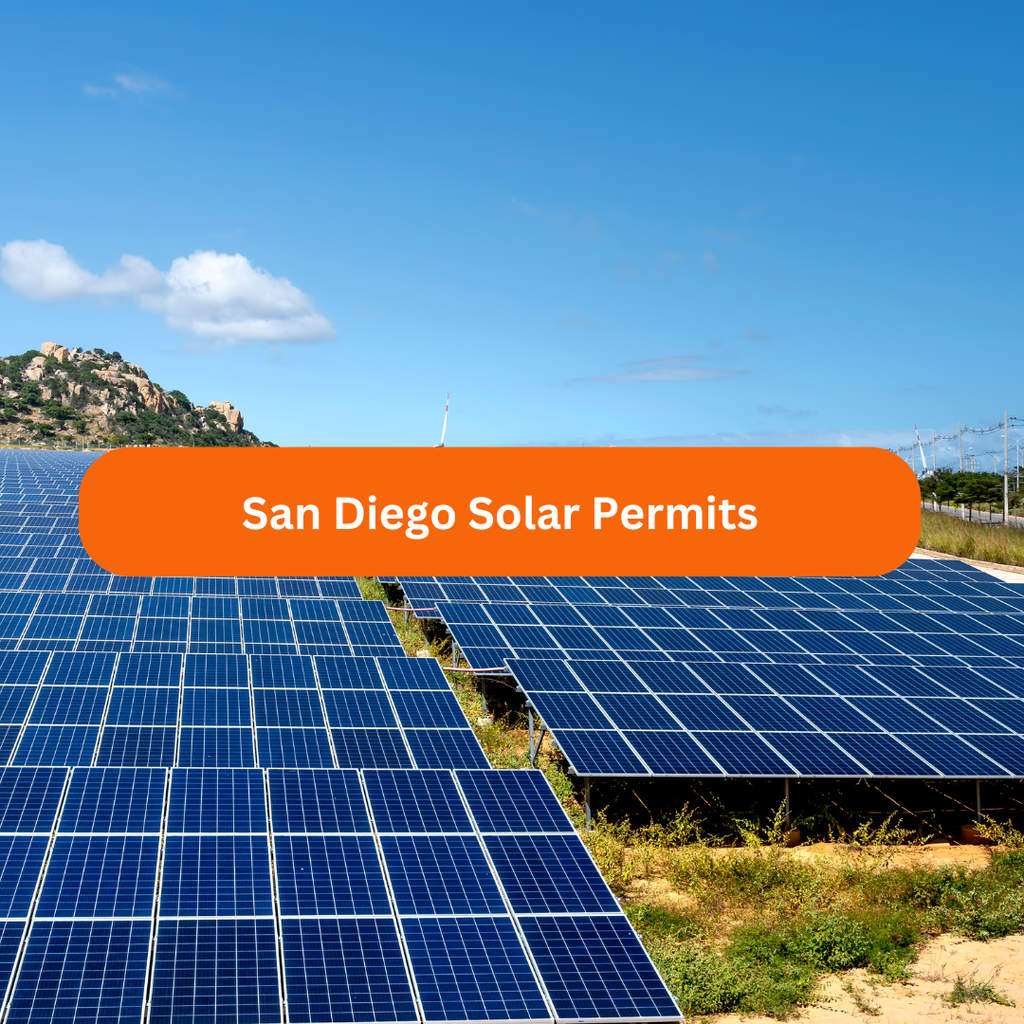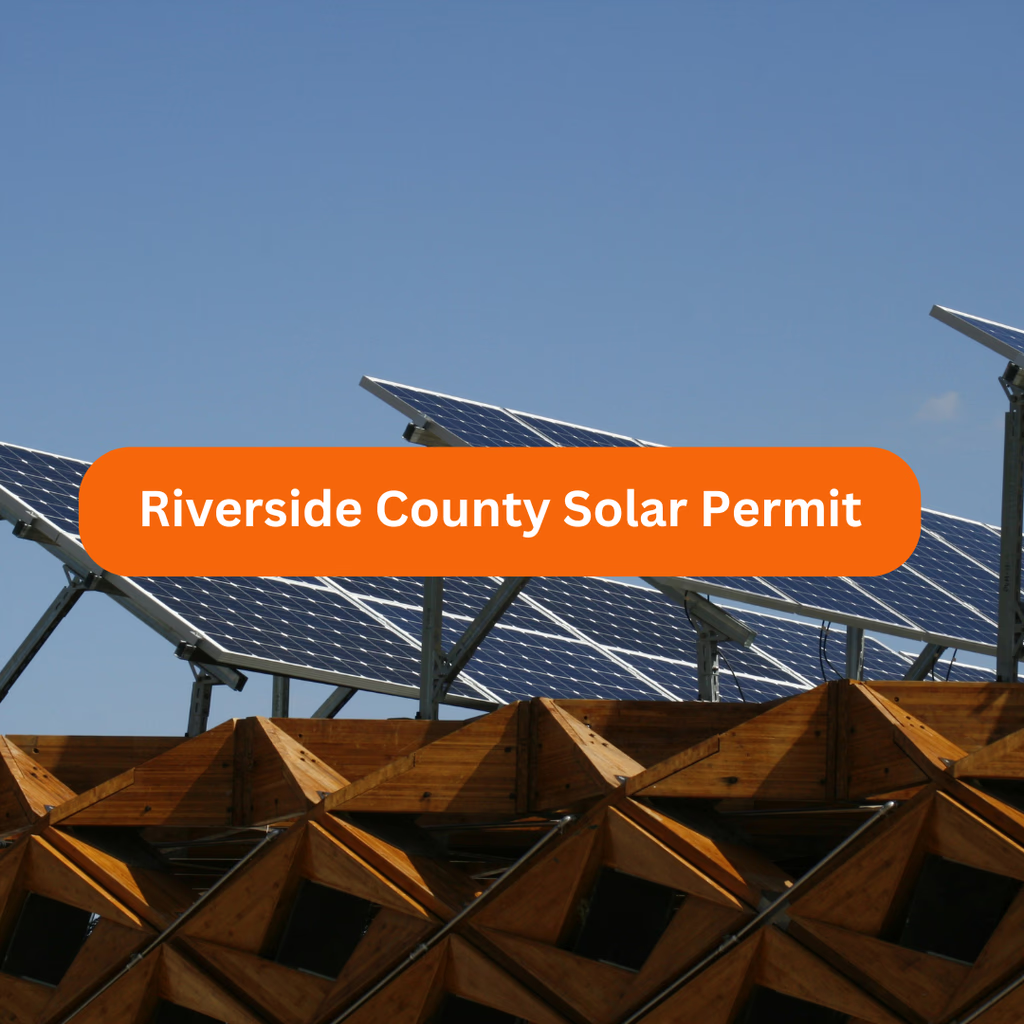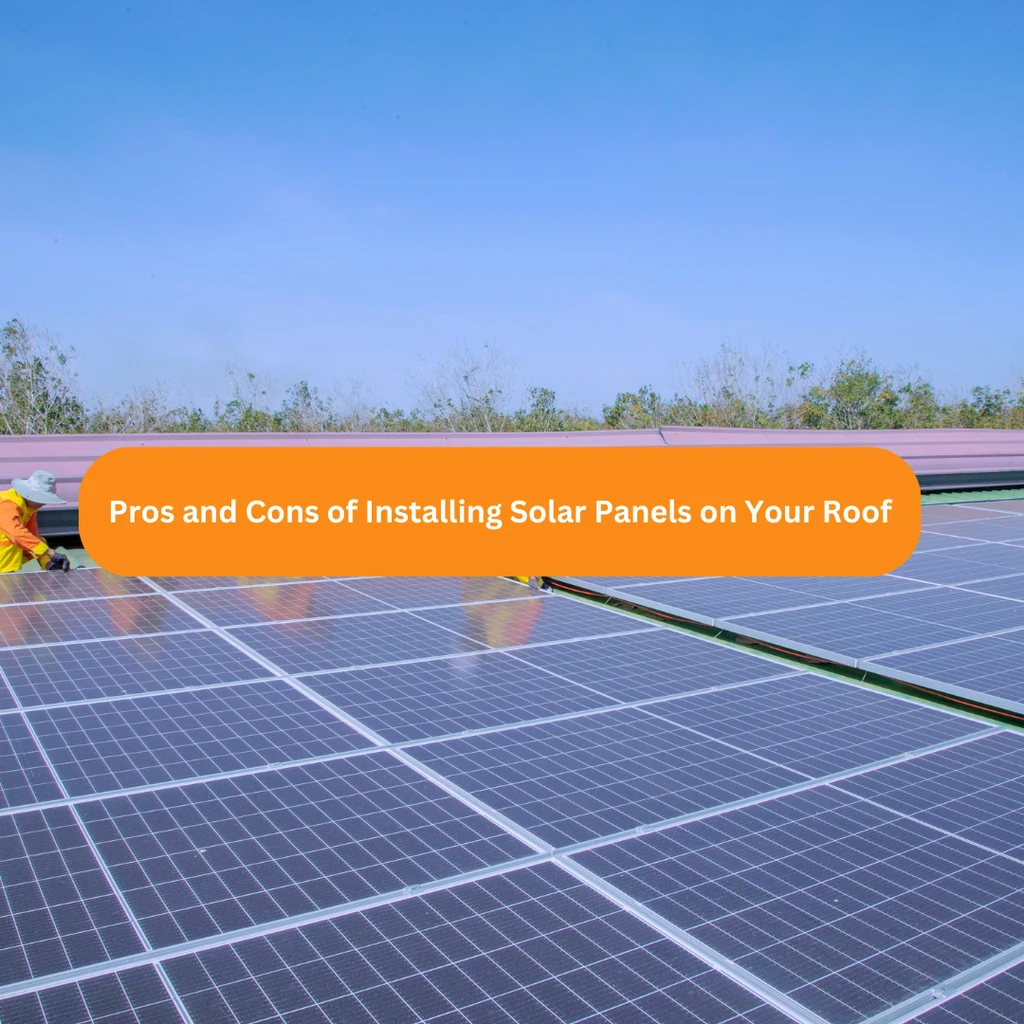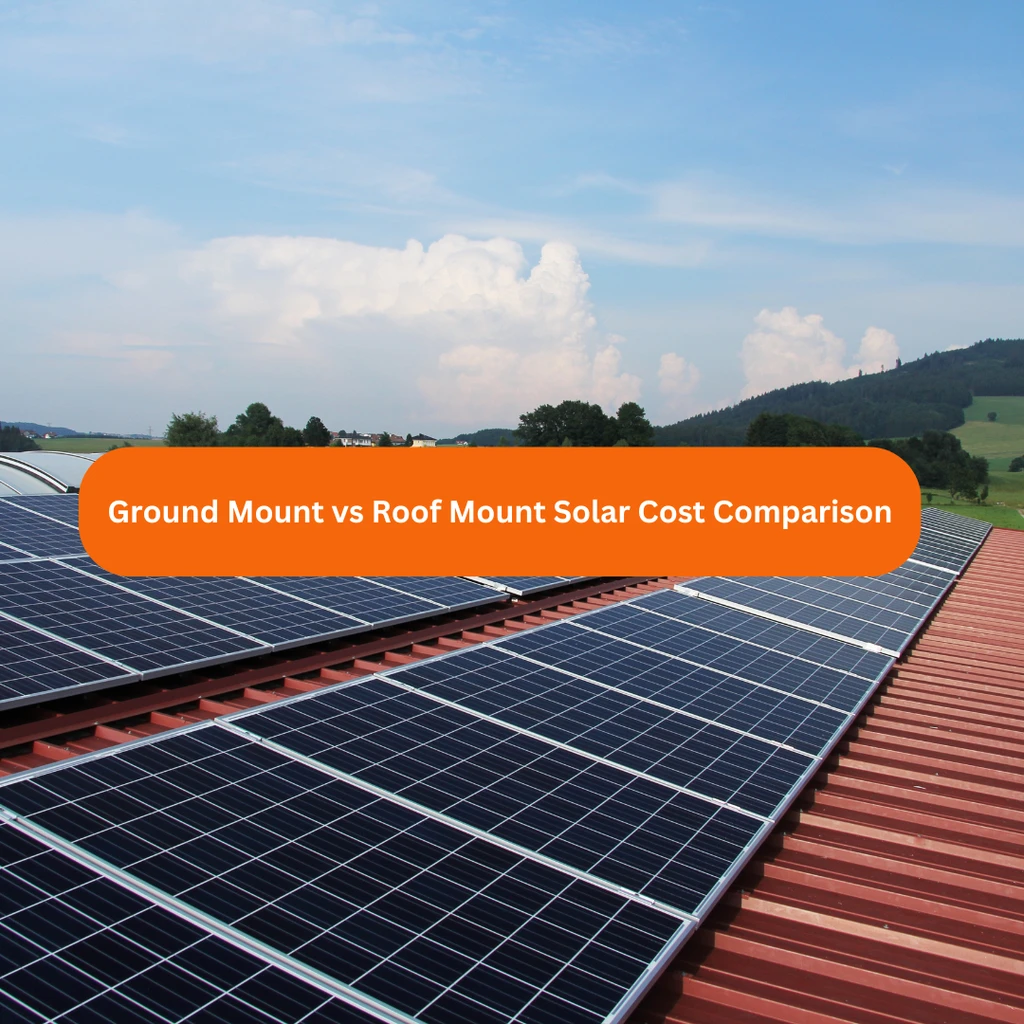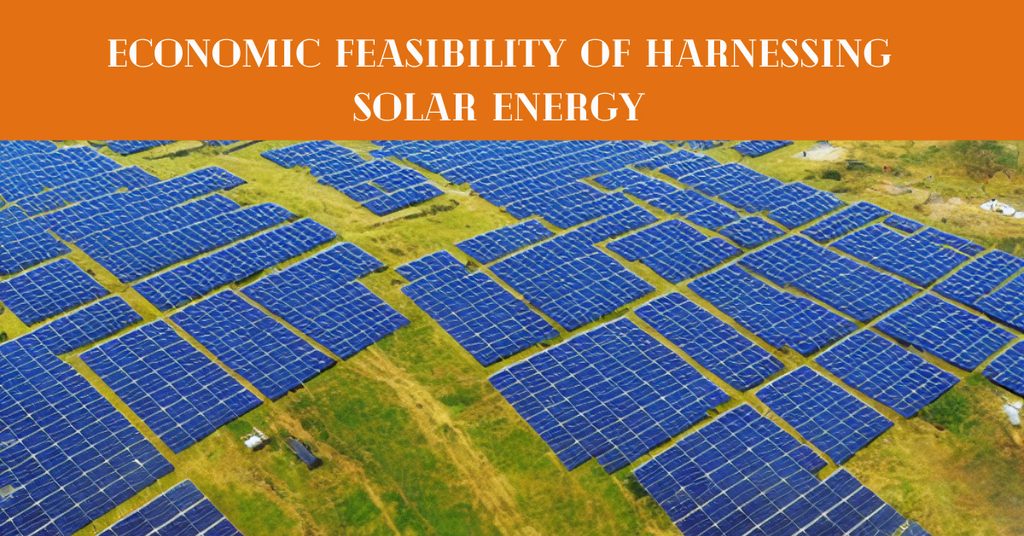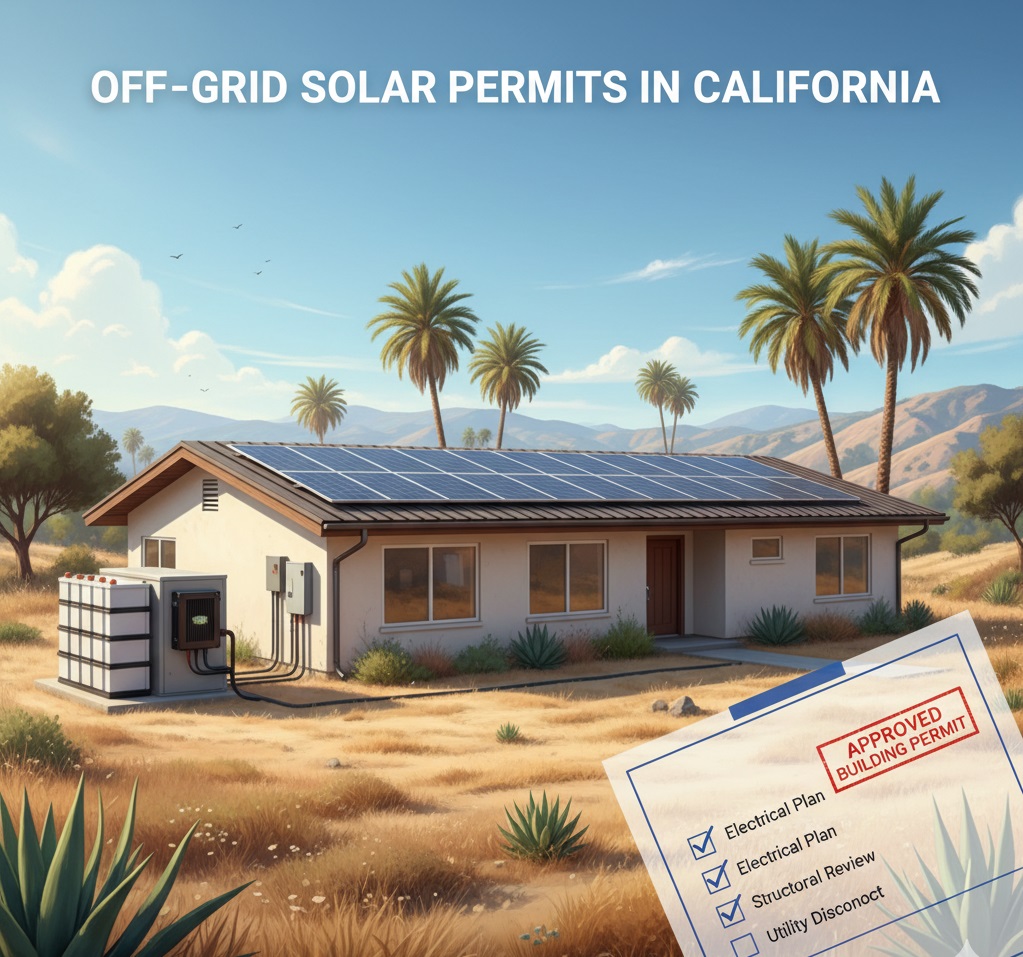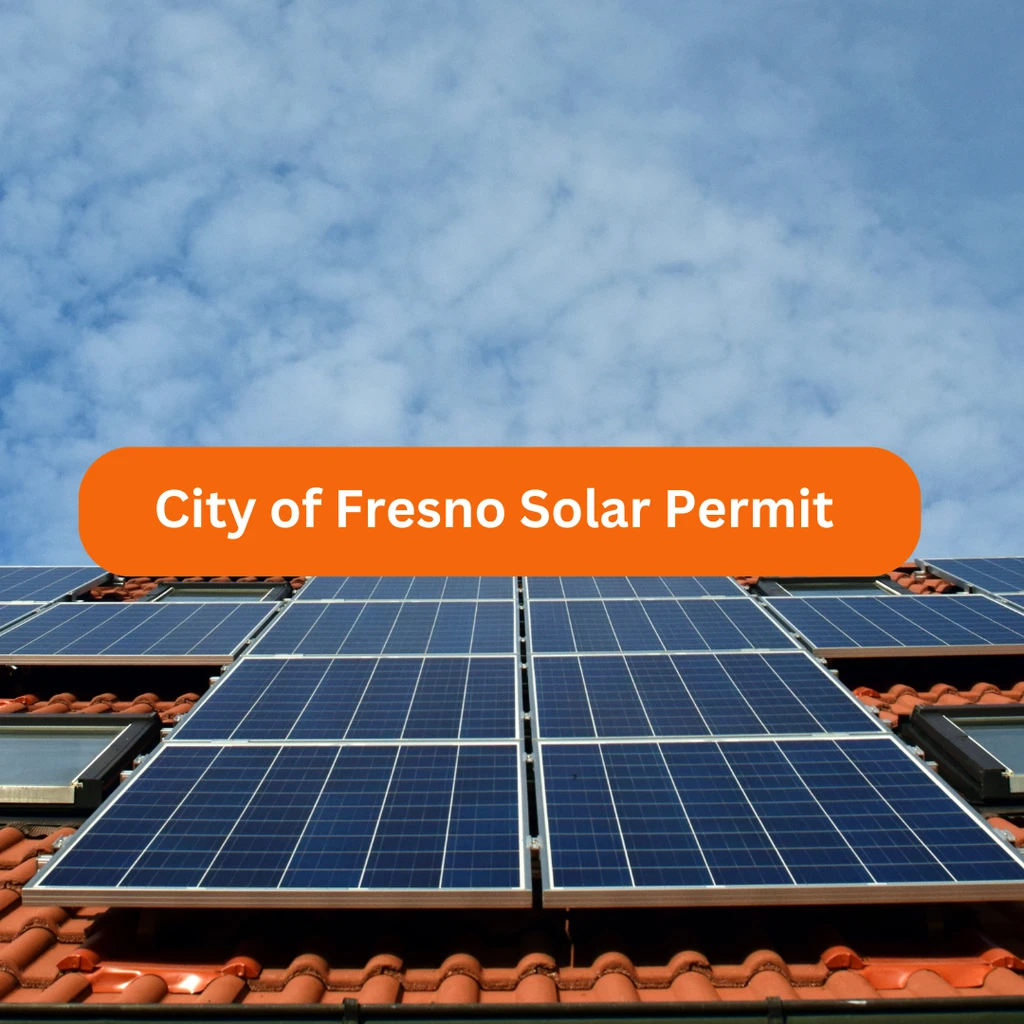Blackouts are frustrating. The lights go out, your Wi-Fi stops working, and suddenly everyday routines become stressful. But what if your car could keep your home running during an outage? With Vehicle-to-home (V2H) technology, that idea is no longer a dream—it’s happening in real life.
Today, electric vehicles (EVs) are not just for driving. They’re becoming mobile power stations, able to send electricity back into your home when you need it most. This blog explores how EV blackout power works, real examples of it in action, and why it could change the way we think about energy security.
What is Vehicle-to-Home (V2H)?
Vehicle-to-home (V2H) is a system that lets your EV battery not only take in power but also send it back. Normally, we think of charging as one-way—plugging in your EV at night and waking up to a full battery. But with V2H, it’s two-way. The same plug can provide emergency home power from EV batteries during a blackout.
It’s like having a generator—only it’s cleaner, quieter, and already parked in your driveway.
Can an EV Really Power a Home?
Yes. The average EV holds 40–100 kWh of energy. For context, the average American home uses about 30 kWh per day. That means your EV can keep essentials—like a fridge, lights, Wi-Fi router, and even medical equipment—running for one to three days during an outage.
So, when people ask: “Can I charge my electric car at home?” the answer is yes—and now, in some cases, your car can “charge” your home too.
Real-life V2H Examples During Blackouts
- Japan, after earthquakes and storms – Nissan Leaf owners have used V2H systems to power heaters, lights, and refrigerators when the grid was down. This has been happening since Typhoon Faxai in 2019.
- Texas Winter Storm 2021 – When millions lost power, Ford F-150 Lightning prototypes showed how bidirectional charging could keep homes running during freezing outages.
- Florida after Hurricane Ian (2022) – Homeowners used Ford’s Intelligent Backup Power feature to run appliances, charge phones, and even host movie nights while their neighbors sat in the dark.
VehicleToHome - Australia’s Cyclone Alfred (2025) – Families used BYD Atto 3’s V2L feature to run baby formula machines, laptops, and fridges after storm-driven blackouts.
These examples prove powering home with electric car is not just theory—it’s real, practical, and lifesaving in emergencies.
Benefits of Using EVs as Backup Power
- Clean Energy Alternative – Unlike gas generators, EV backup battery systems don’t produce fumes or noise.
- Cost Savings – Instead of buying a separate home generator or storage battery, your EV doubles up as your power bank.
- Sustainability – Many EVs can integrate with rooftop solar. On sunny days, your panels can charge the car, and the car can then power the house during the night or blackout.
- Peace of Mind – Blackouts can strike without warning. Having emergency home power from EV batteries means your family stays safe and comfortable.
Which EVs Support V2H Technology?
Not every EV has this feature yet, but more automakers are adding it. Some popular models that support or are rolling out EV blackout power options include:
- Nissan Leaf (pioneering V2H in Japan)
- Ford F-150 Lightning (with built-in home integration)
- Hyundai Ioniq 5 and Kia EV6 (vehicle-to-load functions)
- Tesla (currently focused on Powerwall but exploring V2H in future)
As demand grows, expect more EVs to include wind and storm-ready backup features.
How to Set Up V2H at Home
To make your EV ready for home power backup, you’ll need:
- Bidirectional Charger – A special charging unit that allows two-way flow of electricity.
- Home Power Transfer Switch – So your house can switch safely between grid power and EV power.
- Professional Installation – Because safety and compliance with local codes are critical.
If you live in a hurricane or storm-prone area, this setup becomes even more valuable. It turns your EV into a wind-resistant solar installation partner, especially when combined with rooftop solar.
The Future of Home Energy with EVs
The concept of vehicle-to-home (V2H) is just the beginning. Soon, we’ll see vehicle-to-grid (V2G) where EVs share power back to the community grid, reducing strain during peak demand. Imagine thousands of cars helping to keep cities lit during storms or heatwaves.
As more drivers switch to EVs, the potential for this technology only grows. Instead of sitting idle in the driveway, cars will become an active part of energy resilience.
Wrapping It Up: Why V2H Matters
When the power goes out, comfort, safety, and security matter most. EV car power isn’t just about mobility anymore—it’s about resilience. With EV battery backup for home systems, families can stay connected, keep essentials running, and avoid the stress of complete darkness.
Real-life examples show that emergency home power from EV batteries isn’t futuristic—it’s already happening. And as more models support vehicle-to-home (V2H), this option will become mainstream.
So, the next time you think about buying an electric vehicle, consider not only the miles it drives—but also the power it can give back when your home needs it most.

